Image of 1950 Mercury Mercury, Note: These illustrations use artistic license and may differ from actual historical models.
Performance Metrics
Fundamental Metrics
Emotional Appeal
MMP Rating
| Engine Specifications | |
|---|---|
| Engine: | Flathead V8 |
| Displacement: | 255.4 cu in (4.2 L) |
| Horsepower: | 110 hp |
| Torque: | 200 lb-ft |
| Compression Ratio: | 6.8:1 |
| Ignition System: | Distributor and coil |
| Cooling System: | Water-cooled |
| Performance Specifications | |
| 0-60 Time: | Estimated 12-15 seconds |
| 1/4 Mile Time: | Estimated 18-20 seconds |
| Top Speed: | 100 mph |
| Transmission and Drive | |
| Drive Type: | Rear-wheel drive |
| Transmission Type: | 3-speed manual, optional overdrive |
| Fuel and Efficiency | |
| Fuel System Type: | Carburetor |
| MPG: | Estimated 15-20 mpg |
| Dimensions and Brakes | |
| Brakes: | Drum brakes |
| Wheelbase: | 118 inches |
| Weight: | 3,400 lbs |
Note: Specifications for classic cars are given to the best of our ability, considering the limited and variant data available.
The Unmistakable Allure of the 1950 Mercury Mercury
The 1950 Mercury Mercury doesn't just turn heads—it captivates the soul of classic car enthusiasts with its sleek lines and post-war American automotive prowess. Born from the industrious spirit of the Mercury division, a subsidiary of Ford Motor Company, this vehicle emerged as a stylish, more upscale alternative to its Ford counterparts. At a time when America was basking in post-war optimism, the '50 Mercury became synonymous with both luxury and rebellion, later cemented in pop culture by icons like James Dean.
Design and Innovation
Every curve and chrome detail of the 1950 Mercury was designed to make a statement. The car featured a longer, lower stance than many of its contemporaries, with a distinctive "lead sled" look that hot-rodders and customizers adored. The interior was equally impressive, boasting high-quality fabrics and an attention to detail that spoke of a more refined era. Technologically, it offered features such as an optional overdrive system, enhancing its appeal. While color options ranged from stately dark hues to vibrant tones, it was the deep blacks and rich greens that often caught buyers' eyes. Among body styles, the coupe with its fluid lines and rakish profile was particularly iconic.
Historical Significance
The 1950 Mercury holds a special place in automotive history for its influence on design and culture. It broke away from the more conservative styling cues of the '40s and set a precedent for what American cars could embody—power, beauty, and innovation. Its popularity among customizers also sparked a movement that would define car culture for decades.
Performance and Handling
Underneath its hood lay a flathead V8 engine that propelled the Mercury to respectable top speeds for its time. Acceleration was smooth yet authoritative, with 0-60 mph times that could surprise many modern drivers. On the road, it handled with poise—its weighty steering and suspension absorbing bumps while still communicating the road's texture to the driver. The engine's low rumble was music to any gearhead's ears, completing an authentic driving experience.
Ownership Experience
The '50 Mercury was versatile—a daily driver for some, a showpiece for others, and even a racer in certain circles. Its reliability was commendable; however, like any vintage vehicle, it required regular maintenance and care. Fortunately for owners, parts were generally accessible and repairs straightforward enough for those with mechanical aptitude.
Fun Facts
This classic has seen its share of limelight—from being customized by legendary figures like Sam Barris to gracing silver screens in films such as "Rebel Without a Cause." While not record-breaking in speed or sales, its cultural impact is undeniable. Criticisms were few but did include its fuel consumption—a common trait among vehicles of its era.
Collector's Information
Today, the 1950 Mercury is a coveted piece among collectors. Though production numbers were substantial for the time (estimated in the tens of thousands), pristine examples are rare finds. Values fluctuate based on condition and originality but can range significantly—anywhere from $20,000 for a project car to well over $100,000 for a perfectly restored or customized example.
Conclusion
The 1950 Mercury Mercury is more than just metal, rubber, and glass—it's an emblematic figure that represents an era of American optimism and ingenuity. For those lucky enough to own one or simply behold one at a show, it continues to be an enduring symbol of style and substance in automotive history.
1950 Mercury Mercury Catalog of Parts
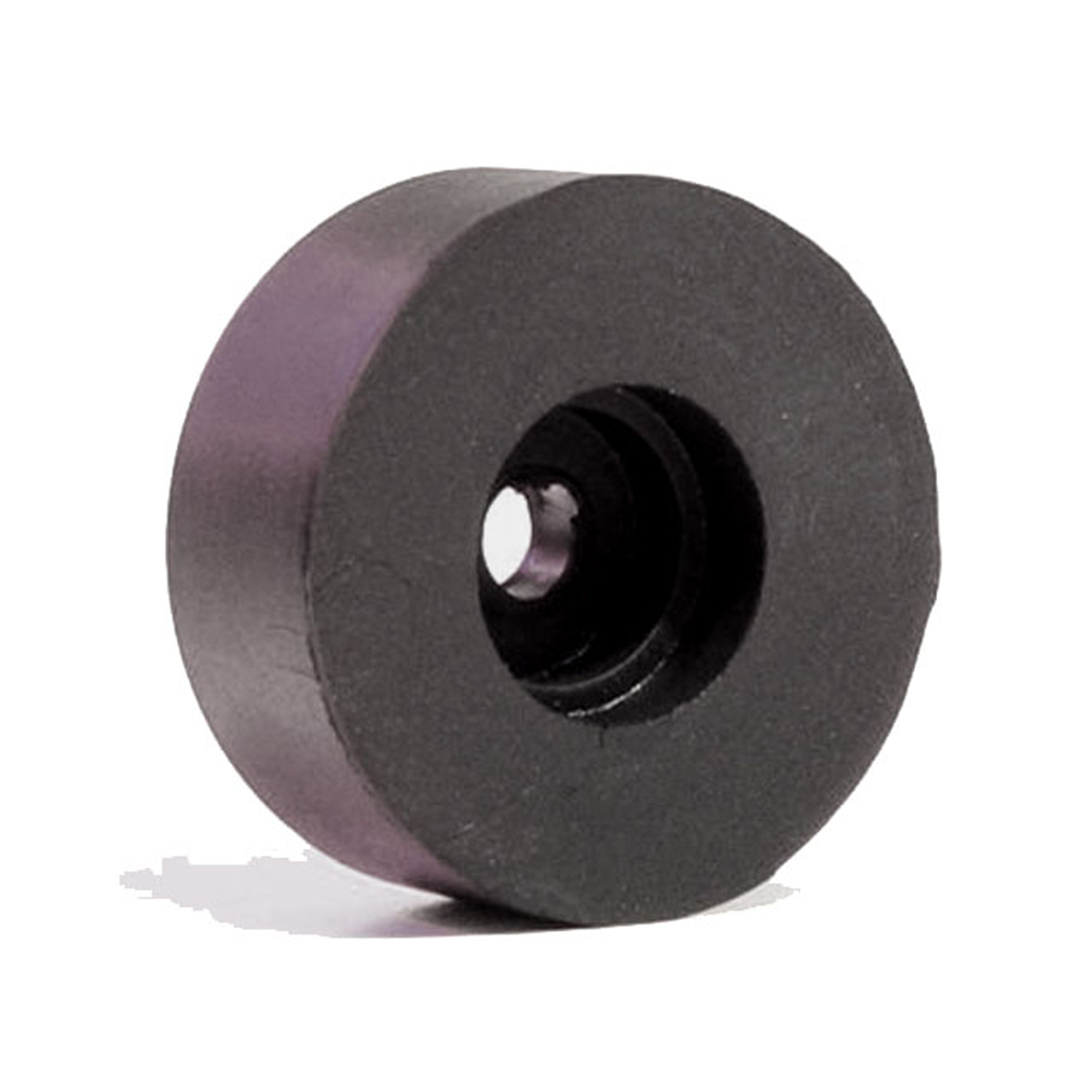 1950 Mercury Mercury Frame to Body Cushion. Up to 24 used per car. 1-3/4" O.D-BC 26Frame to Body Cushion. Up to 24 used per car. 1-3/4" O.D., 13/16" I.D., 11/16" Thick. Each
1950 Mercury Mercury Frame to Body Cushion. Up to 24 used per car. 1-3/4" O.D-BC 26Frame to Body Cushion. Up to 24 used per car. 1-3/4" O.D., 13/16" I.D., 11/16" Thick. Each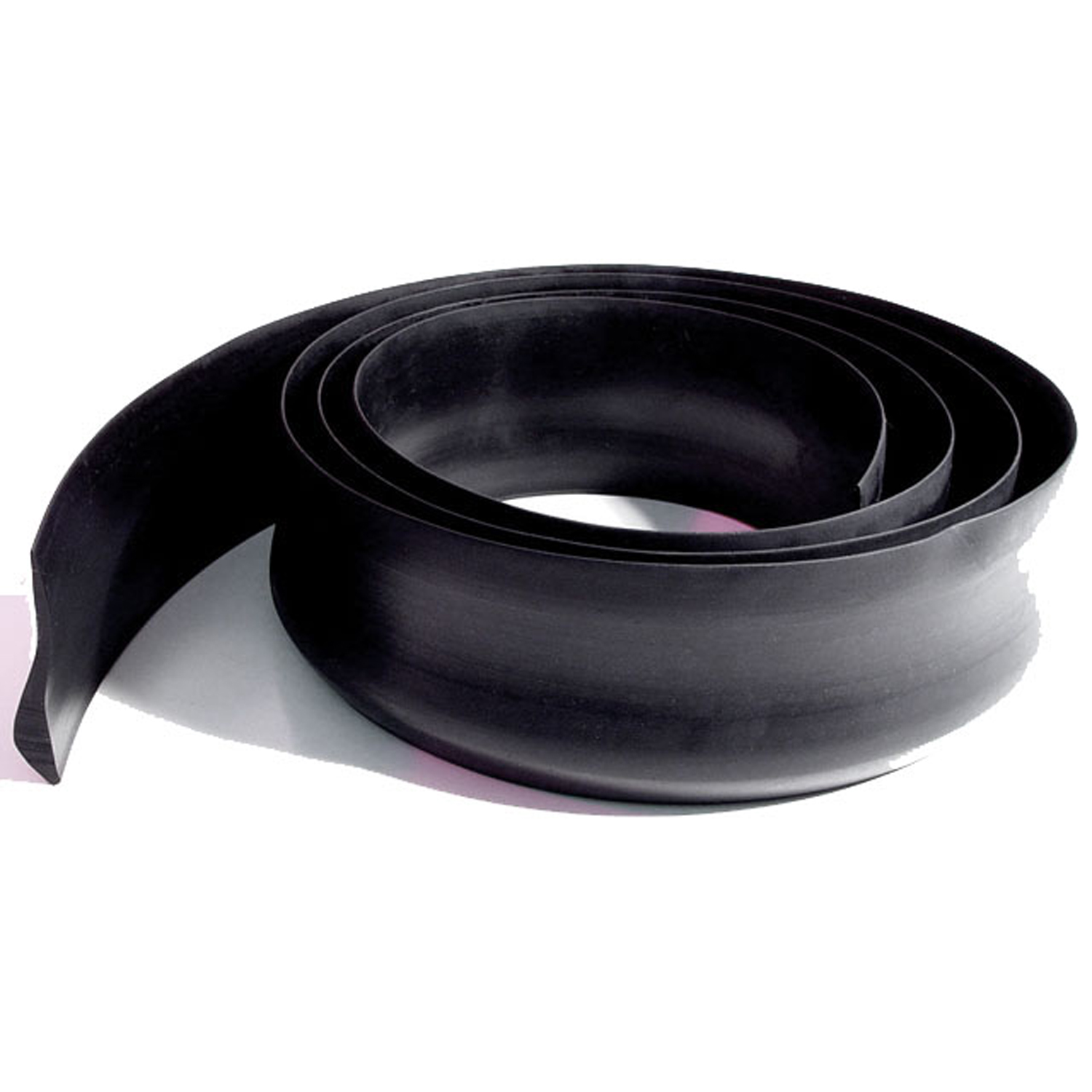 1950 Mercury Mercury Bumper to Body Seal. 2" wide X 70" long. Each-BG 109-LBumper to Body Seal. 2" wide X 70" long. Each
1950 Mercury Mercury Bumper to Body Seal. 2" wide X 70" long. Each-BG 109-LBumper to Body Seal. 2" wide X 70" long. Each 1950 Mercury Mercury Shock Absorber Grommet. 1" bottom O.D-BN 11Shock Absorber Grommet. 1" bottom O.D., 3/4" high, with 5/8" I.D. Each
1950 Mercury Mercury Shock Absorber Grommet. 1" bottom O.D-BN 11Shock Absorber Grommet. 1" bottom O.D., 3/4" high, with 5/8" I.D. Each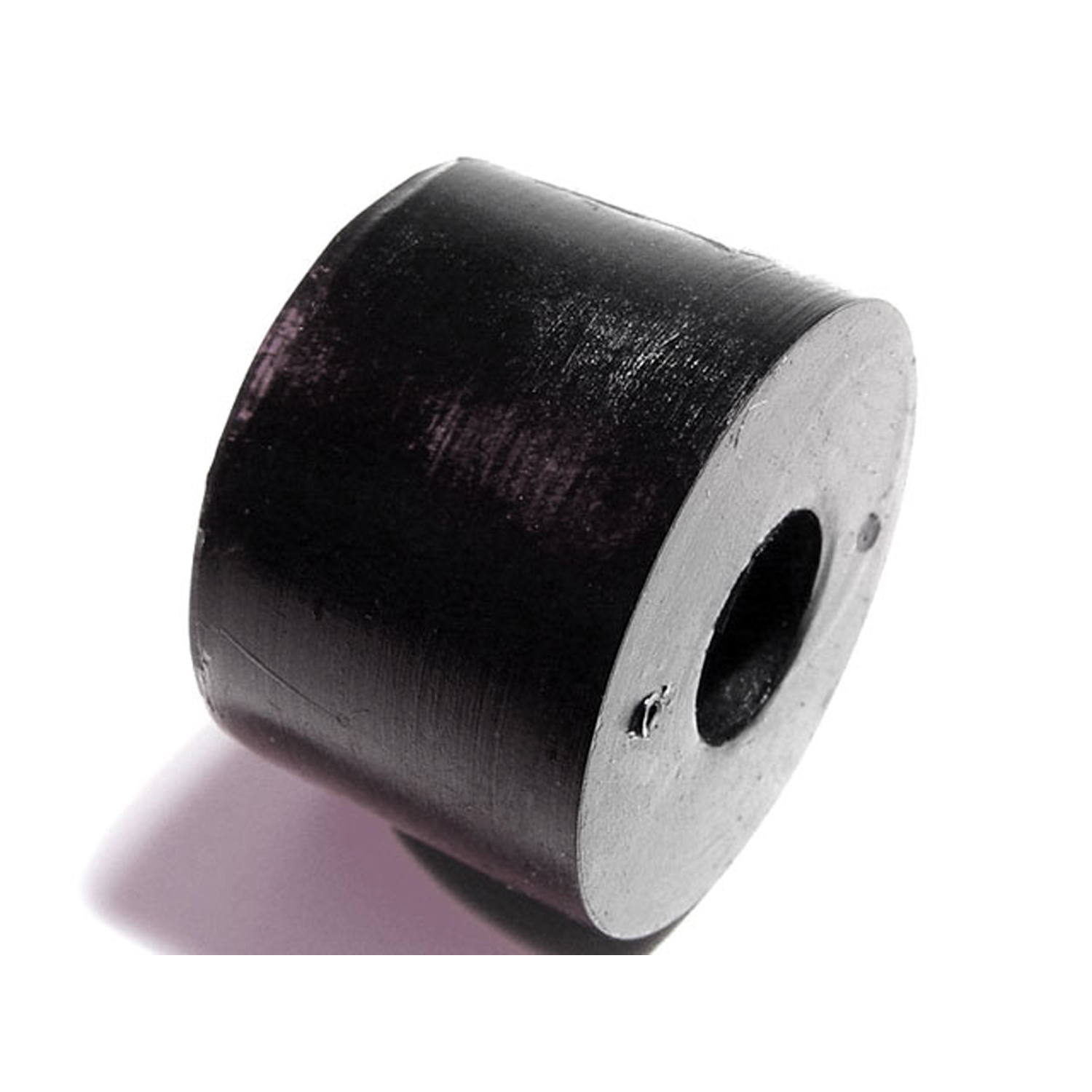 1950 Mercury Mercury Shock Absorber Grommet. 1" bottom O.D., 5/8" high-BN 13Shock Absorber Grommet. 1" bottom O.D., 5/8" high., with 3/8" I.D. Each
1950 Mercury Mercury Shock Absorber Grommet. 1" bottom O.D., 5/8" high-BN 13Shock Absorber Grommet. 1" bottom O.D., 5/8" high., with 3/8" I.D. Each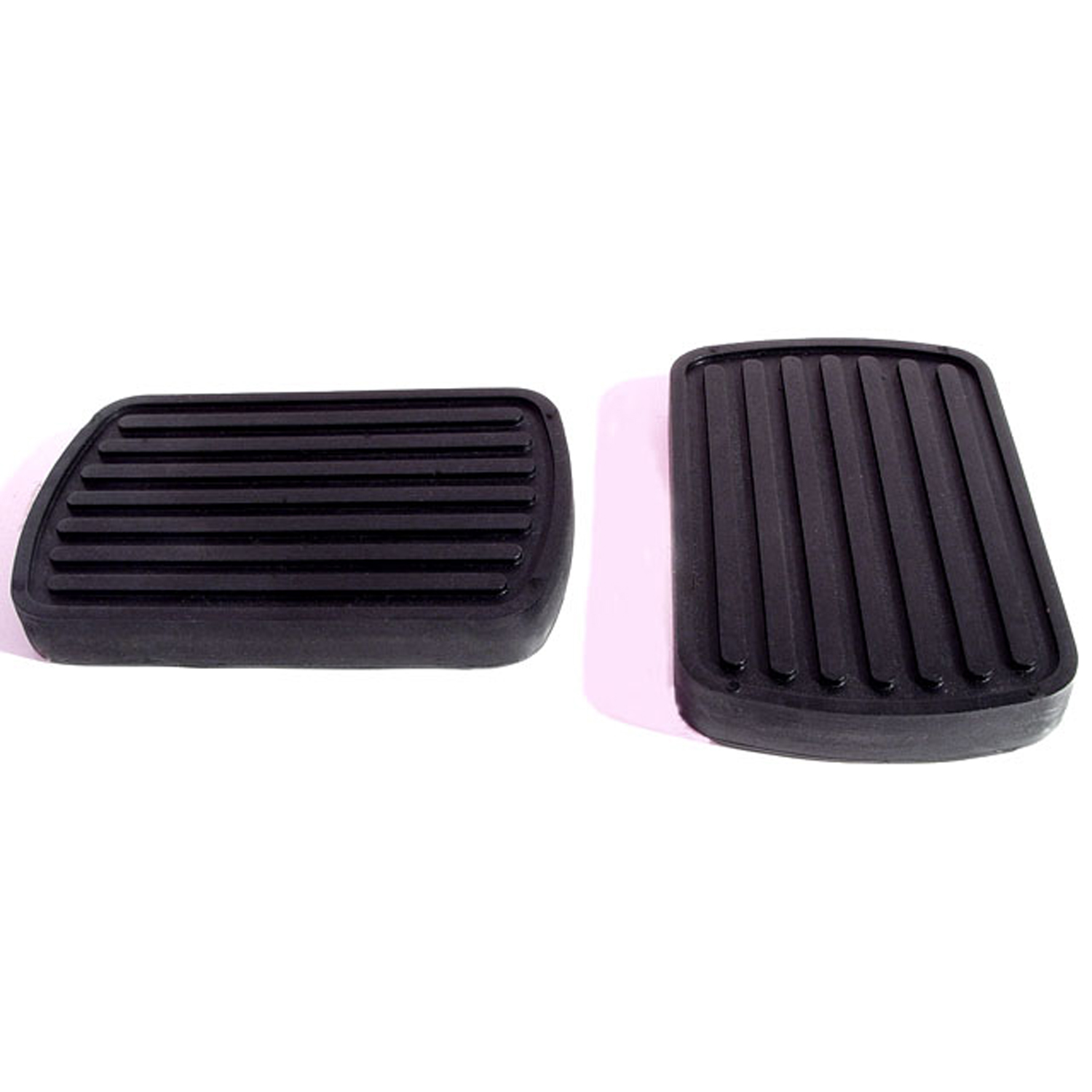 1950 Mercury Mercury Clutch and Brake Pedal Pads. 2-1/2" wide X 4" long. Pair-CB 90Clutch and Brake Pedal Pads. 2-1/2" wide X 4" long. Pair
1950 Mercury Mercury Clutch and Brake Pedal Pads. 2-1/2" wide X 4" long. Pair-CB 90Clutch and Brake Pedal Pads. 2-1/2" wide X 4" long. Pair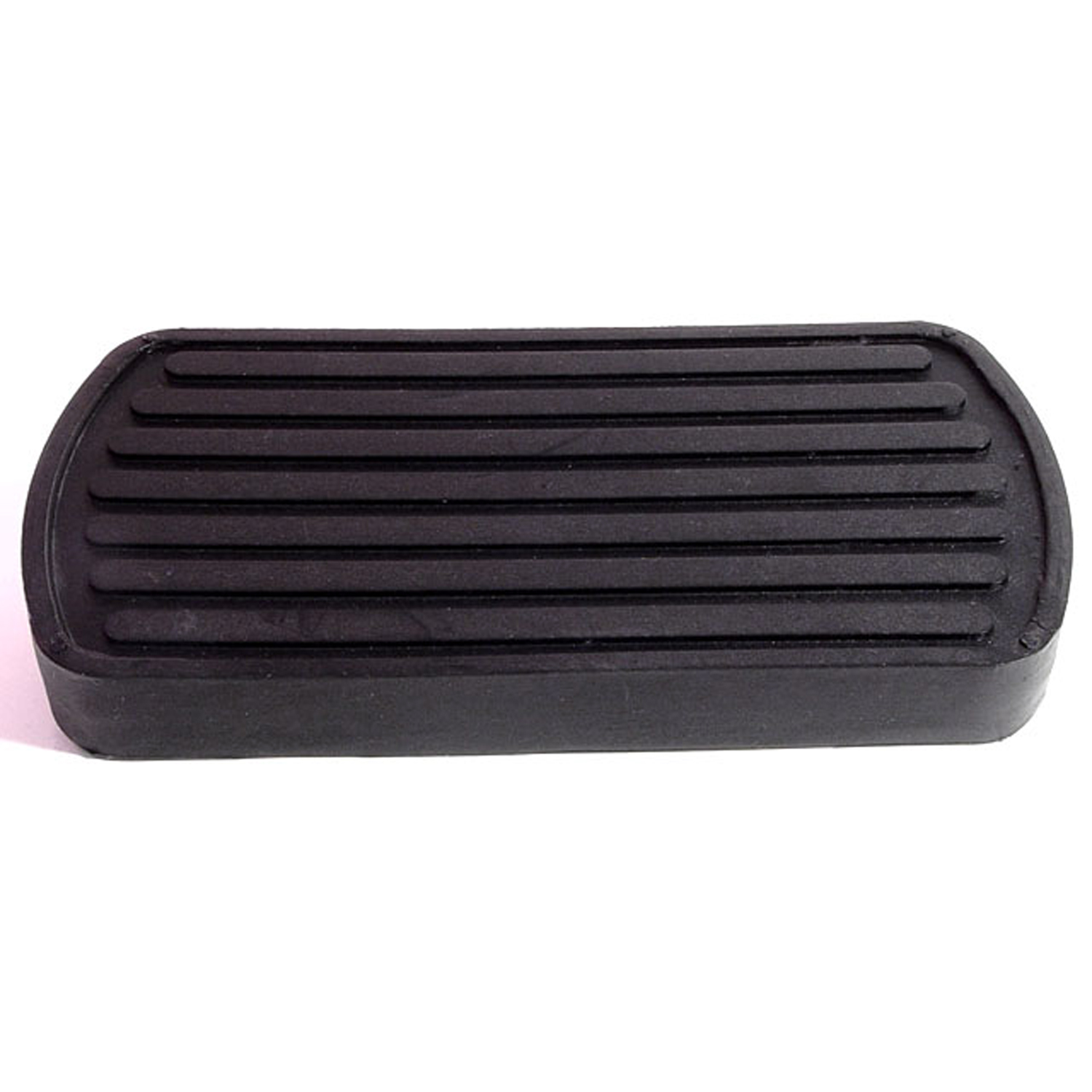 1950 Mercury Mercury Auto Brake Pedal Pad. 2-3/4" wide X 5-3/8" long. Each-CB 90-AAuto Brake Pedal Pad. 2-3/4" wide X 5-3/8" long. Each
1950 Mercury Mercury Auto Brake Pedal Pad. 2-3/4" wide X 5-3/8" long. Each-CB 90-AAuto Brake Pedal Pad. 2-3/4" wide X 5-3/8" long. Each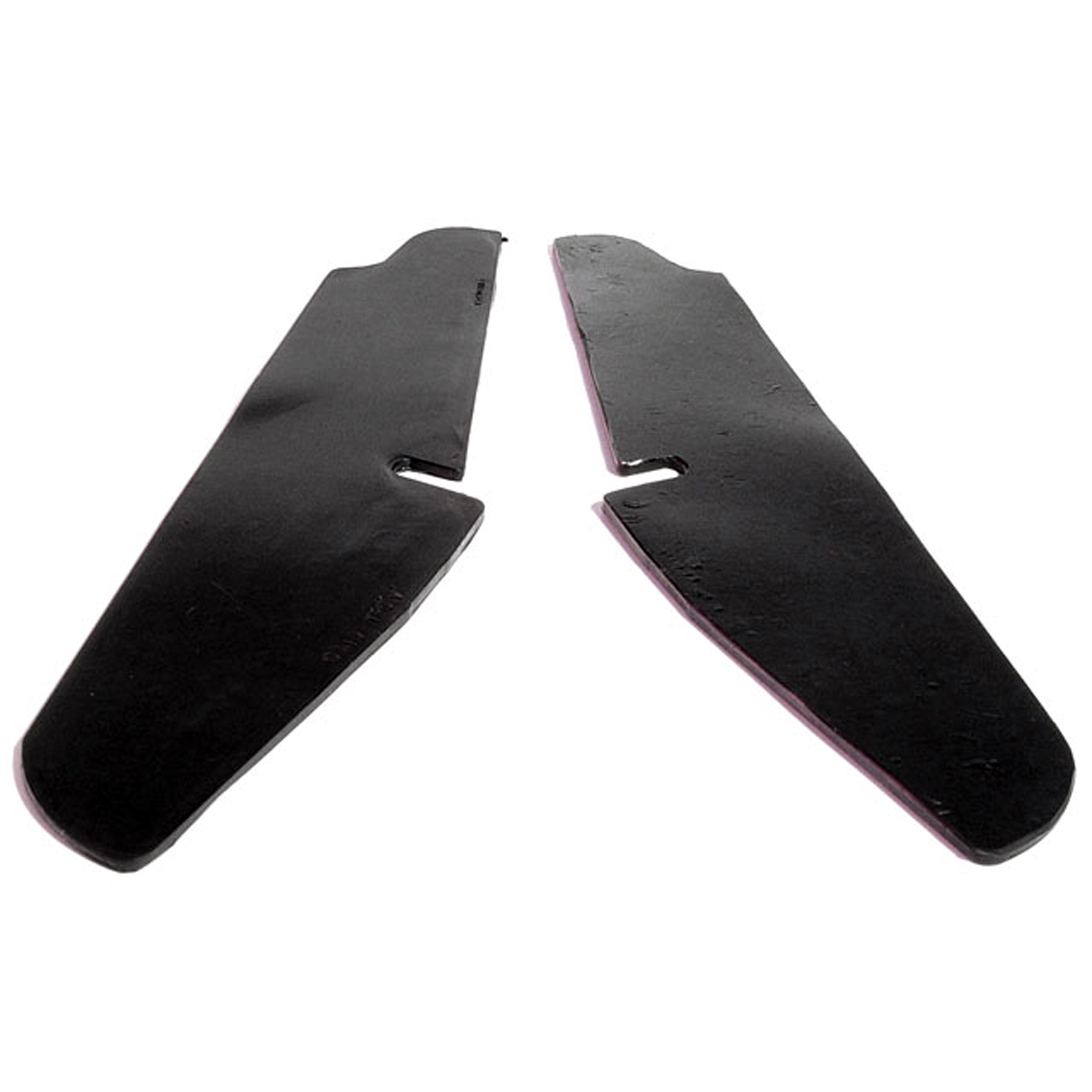 1950 Mercury Mercury Cowl Side Seals. Exact reproduction. 9-1/4" long-CS 10Cowl Side Seals. Exact reproduction. 9-1/4" long. Pair R&L
1950 Mercury Mercury Cowl Side Seals. Exact reproduction. 9-1/4" long-CS 10Cowl Side Seals. Exact reproduction. 9-1/4" long. Pair R&L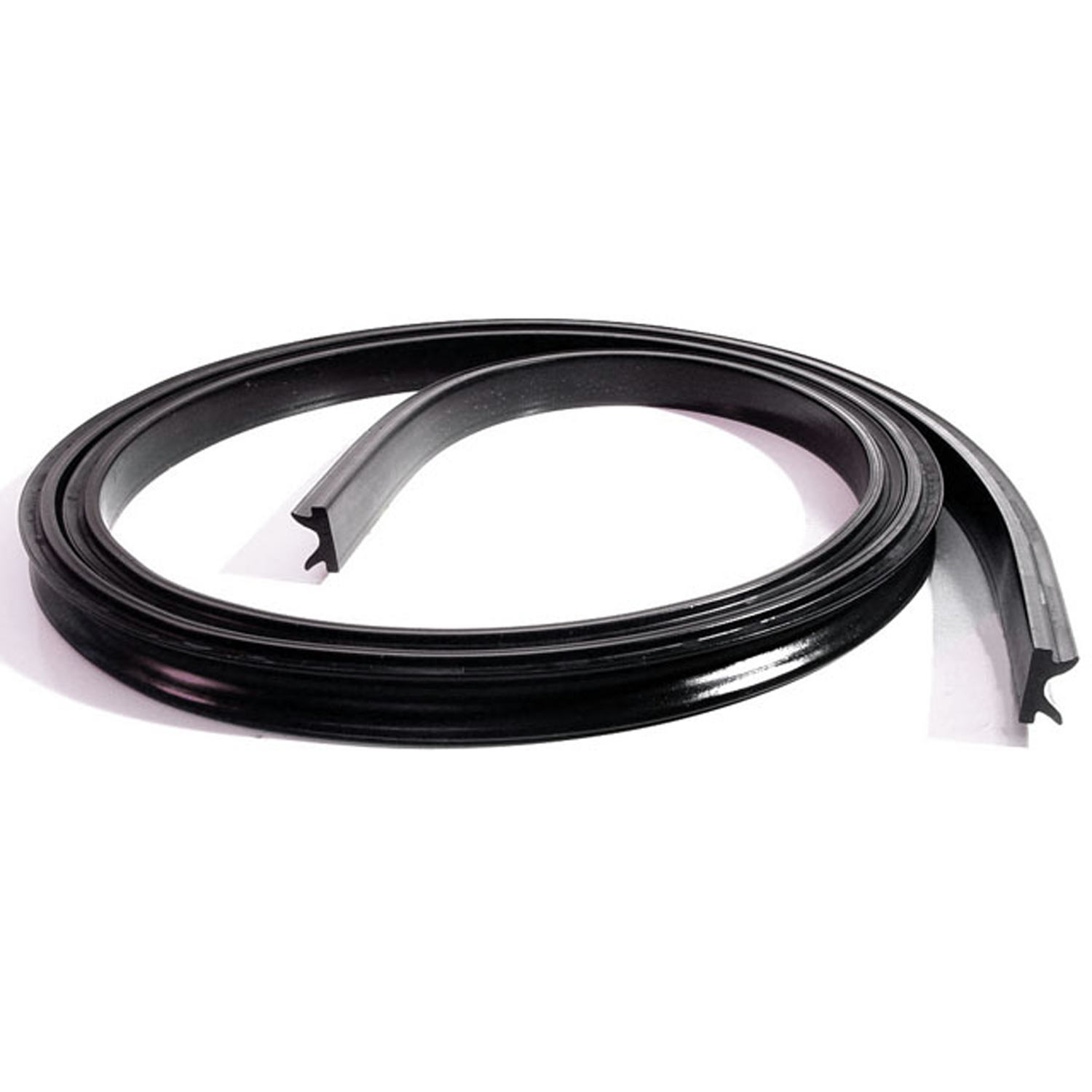 1950 Mercury Mercury Cowl and Hood Seal. 55-1/2" long X 9/16" wide. Each-CS 14-JCowl and Hood Seal. 55-1/2" long X 9/16" wide. Each
1950 Mercury Mercury Cowl and Hood Seal. 55-1/2" long X 9/16" wide. Each-CS 14-JCowl and Hood Seal. 55-1/2" long X 9/16" wide. Each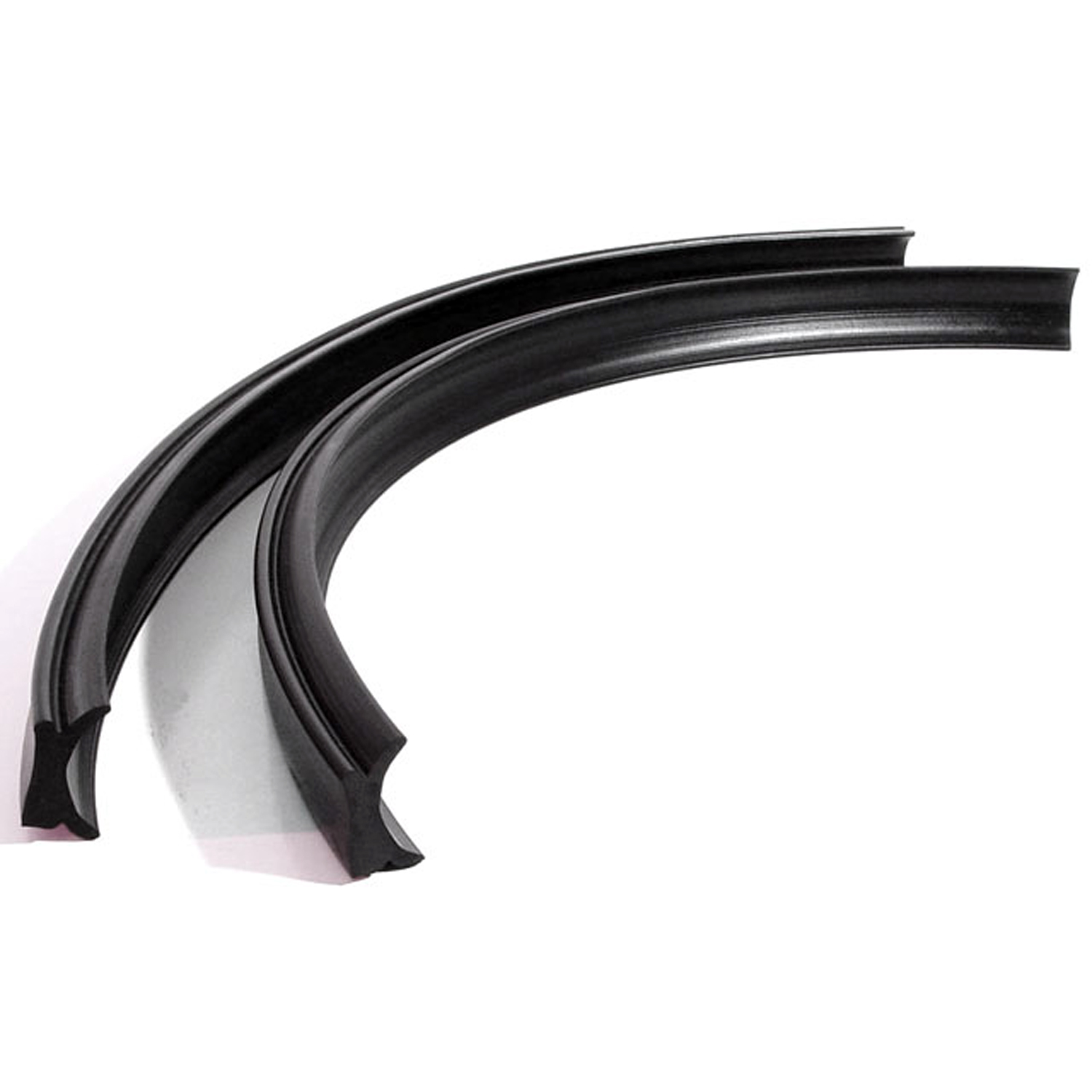 1950 Mercury Mercury Windshield Pillar Post Seals for Convertibles-CZ 3300Windshield Pillar Post Seals for Convertibles. Two pieces, 17-1/2" long. Pair
1950 Mercury Mercury Windshield Pillar Post Seals for Convertibles-CZ 3300Windshield Pillar Post Seals for Convertibles. Two pieces, 17-1/2" long. Pair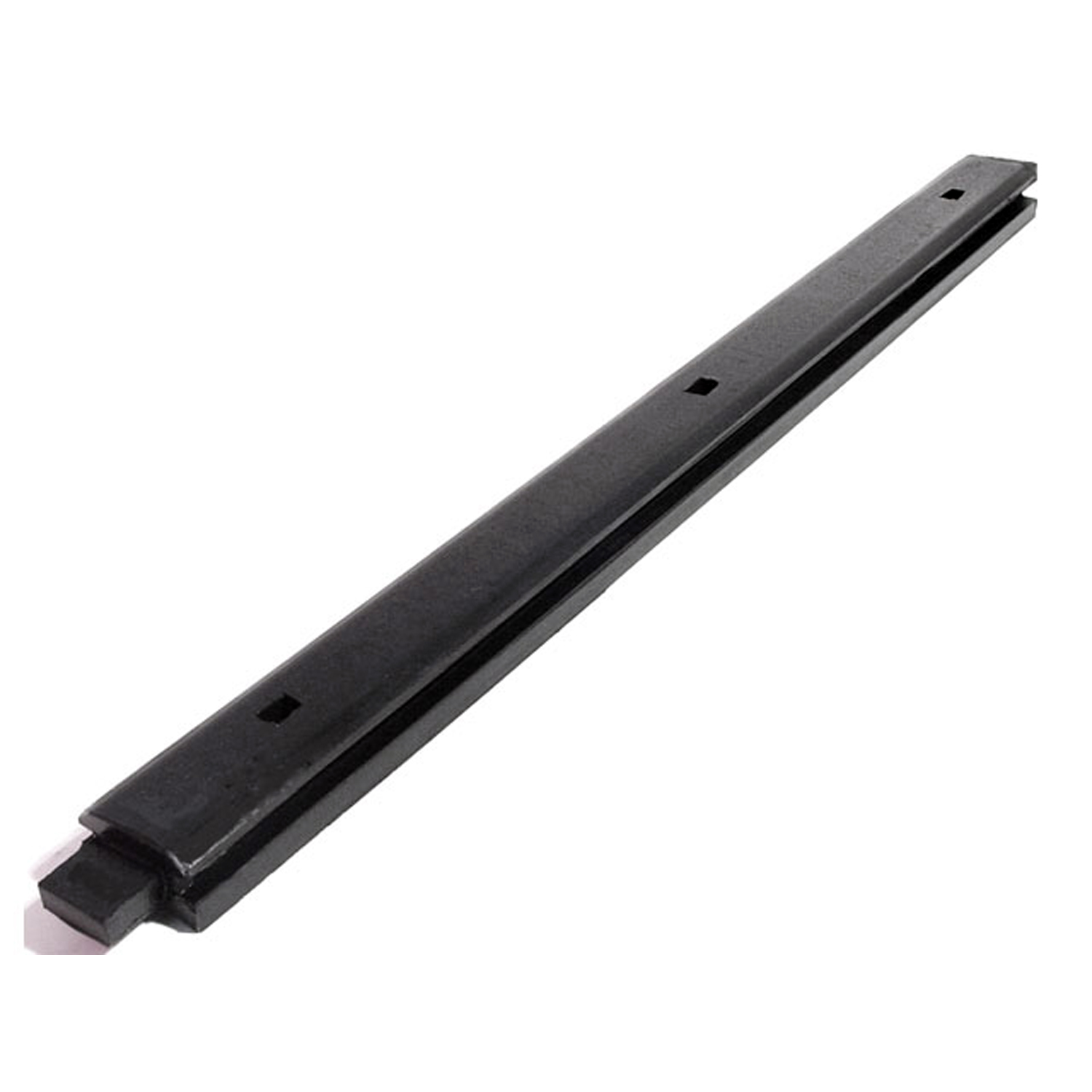 1950 Mercury Mercury Center Division Bar Seal. Use with LP 30-Q, if necessary-DP 15Center Division Bar Seal. Use with LP 30-Q, if necessary. 16-1/4" long. Each
1950 Mercury Mercury Center Division Bar Seal. Use with LP 30-Q, if necessary-DP 15Center Division Bar Seal. Use with LP 30-Q, if necessary. 16-1/4" long. Each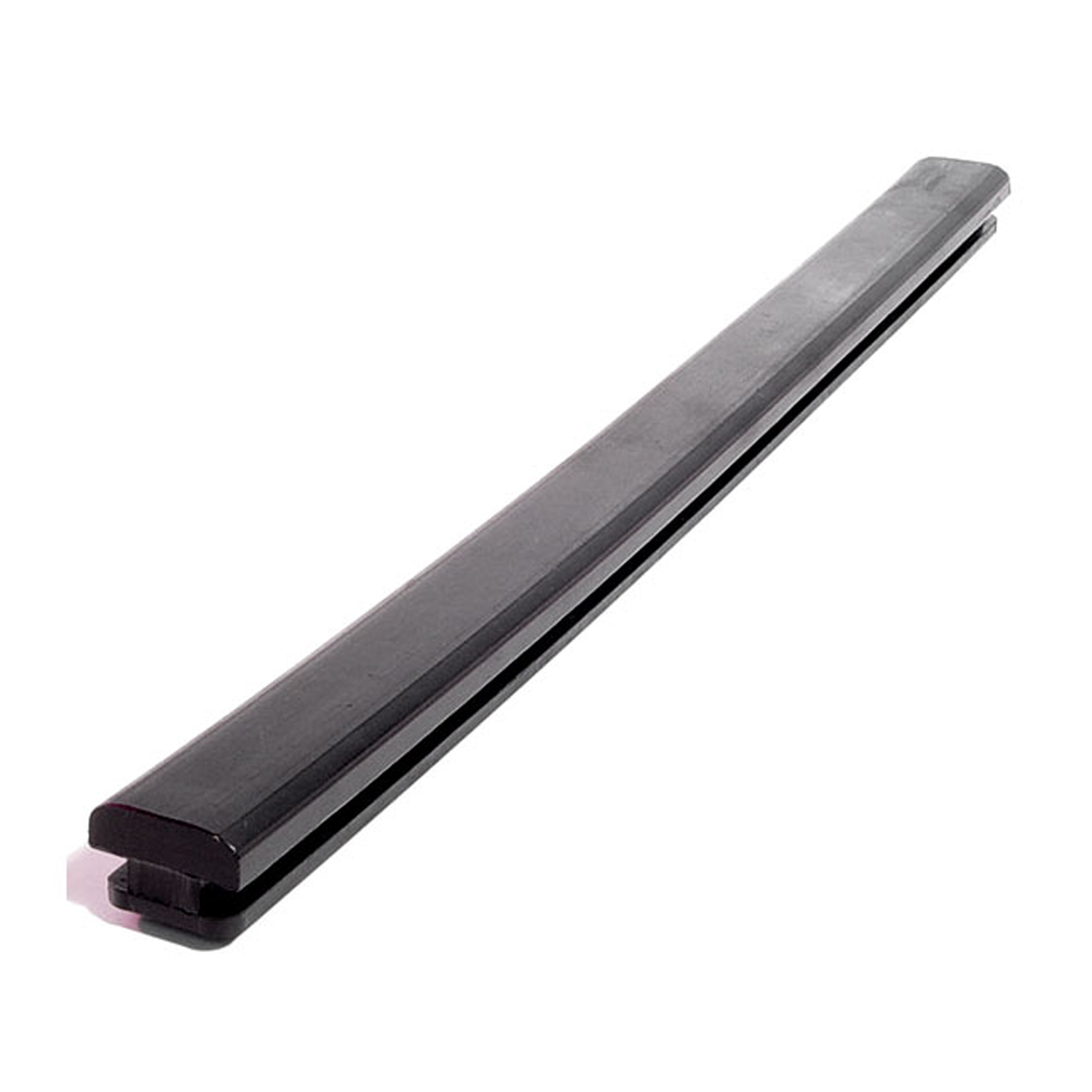 1950 Mercury Mercury Rear Window Division Bar Seal. Two used per car-DP 19Rear Window Division Bar Seal. Two used per car. 15-1/4" long. Each
1950 Mercury Mercury Rear Window Division Bar Seal. Two used per car-DP 19Rear Window Division Bar Seal. Two used per car. 15-1/4" long. Each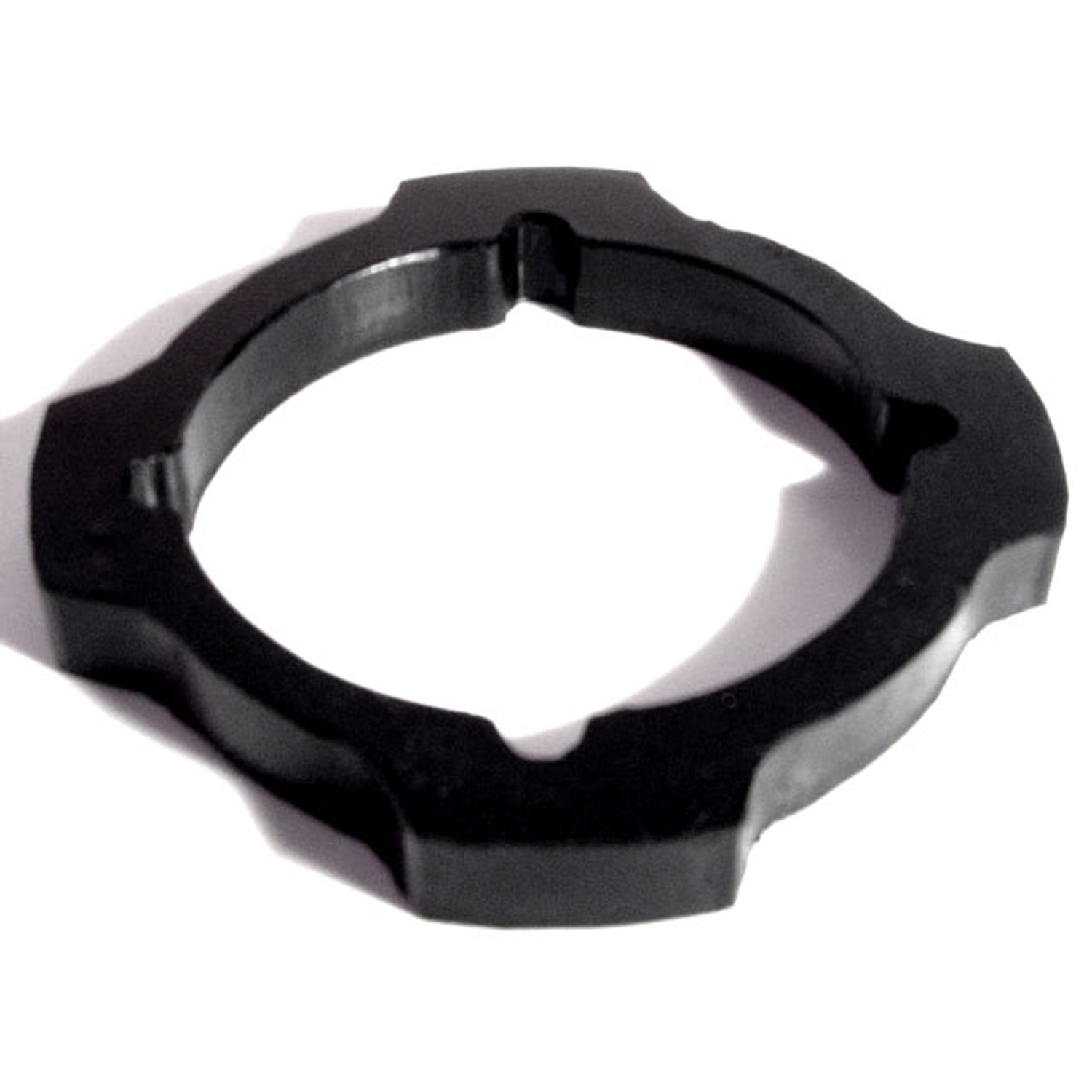 1950 Mercury Mercury Gas Filler Pipe Grommet. Highest quality. 2-1/4" I.D-GF 39Gas Filler Pipe Grommet. Highest quality. 2-1/4" I.D., 3-3/16" at widest point. Each
1950 Mercury Mercury Gas Filler Pipe Grommet. Highest quality. 2-1/4" I.D-GF 39Gas Filler Pipe Grommet. Highest quality. 2-1/4" I.D., 3-3/16" at widest point. Each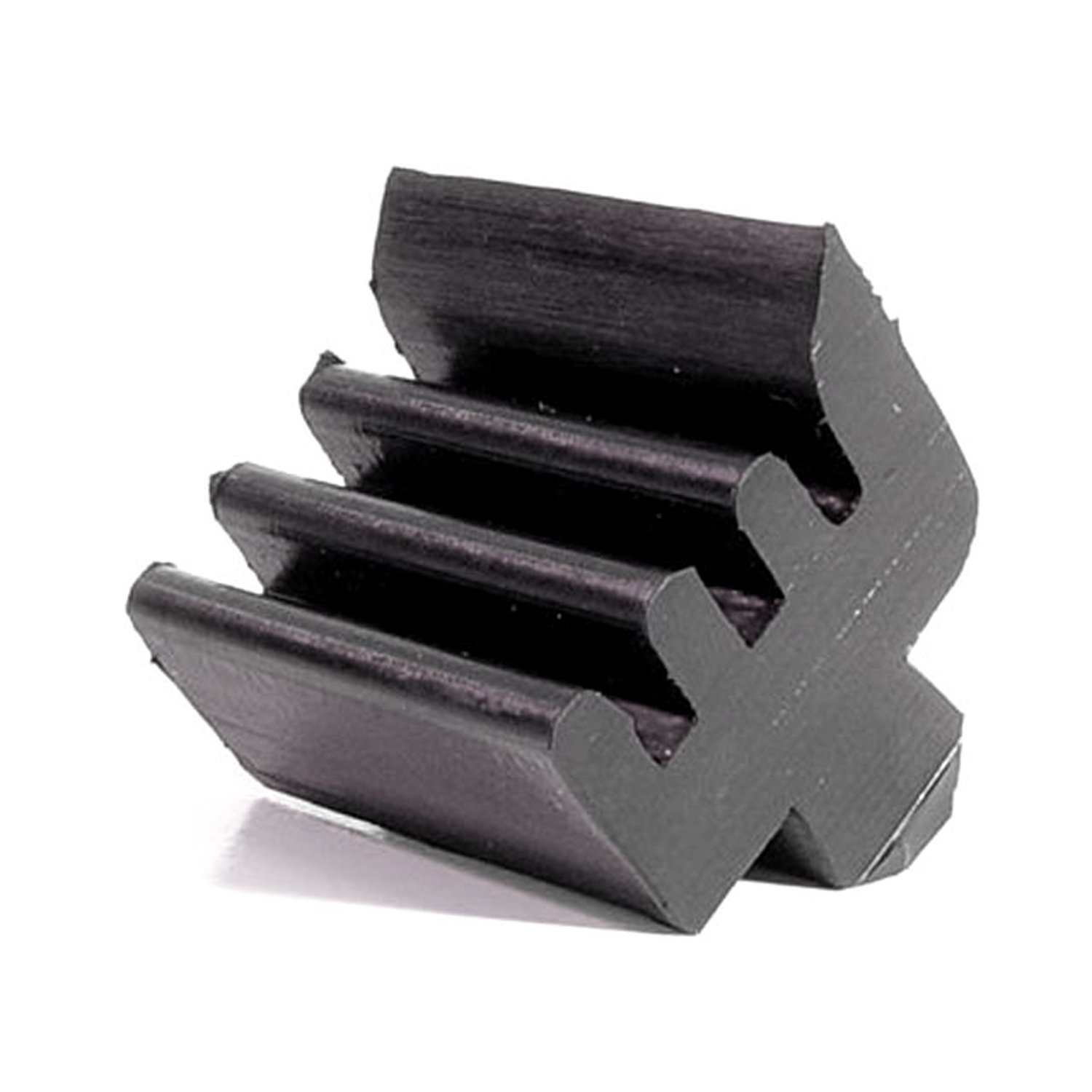 1950 Mercury Mercury Hood Bumper. A perfect reproduction. Each-HF 20Hood Bumper. A perfect reproduction. Each
1950 Mercury Mercury Hood Bumper. A perfect reproduction. Each-HF 20Hood Bumper. A perfect reproduction. Each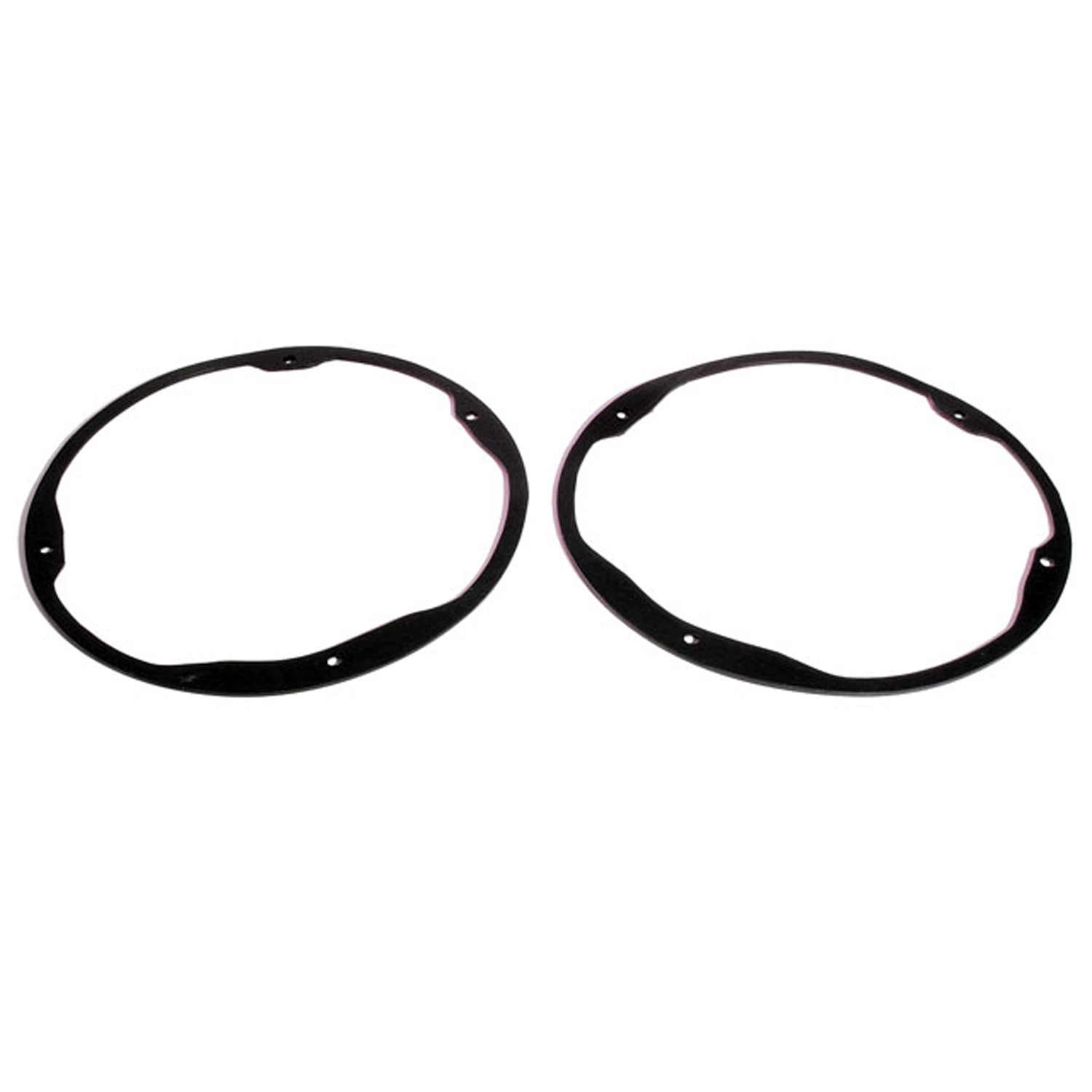 1950 Mercury Mercury Headlight Assembly Housing Gasket. 8-5/8" O.D., 8" I.D-HR 11Headlight Assembly Housing Gasket. 8-5/8" O.D., 8" I.D. Pair
1950 Mercury Mercury Headlight Assembly Housing Gasket. 8-5/8" O.D., 8" I.D-HR 11Headlight Assembly Housing Gasket. 8-5/8" O.D., 8" I.D. Pair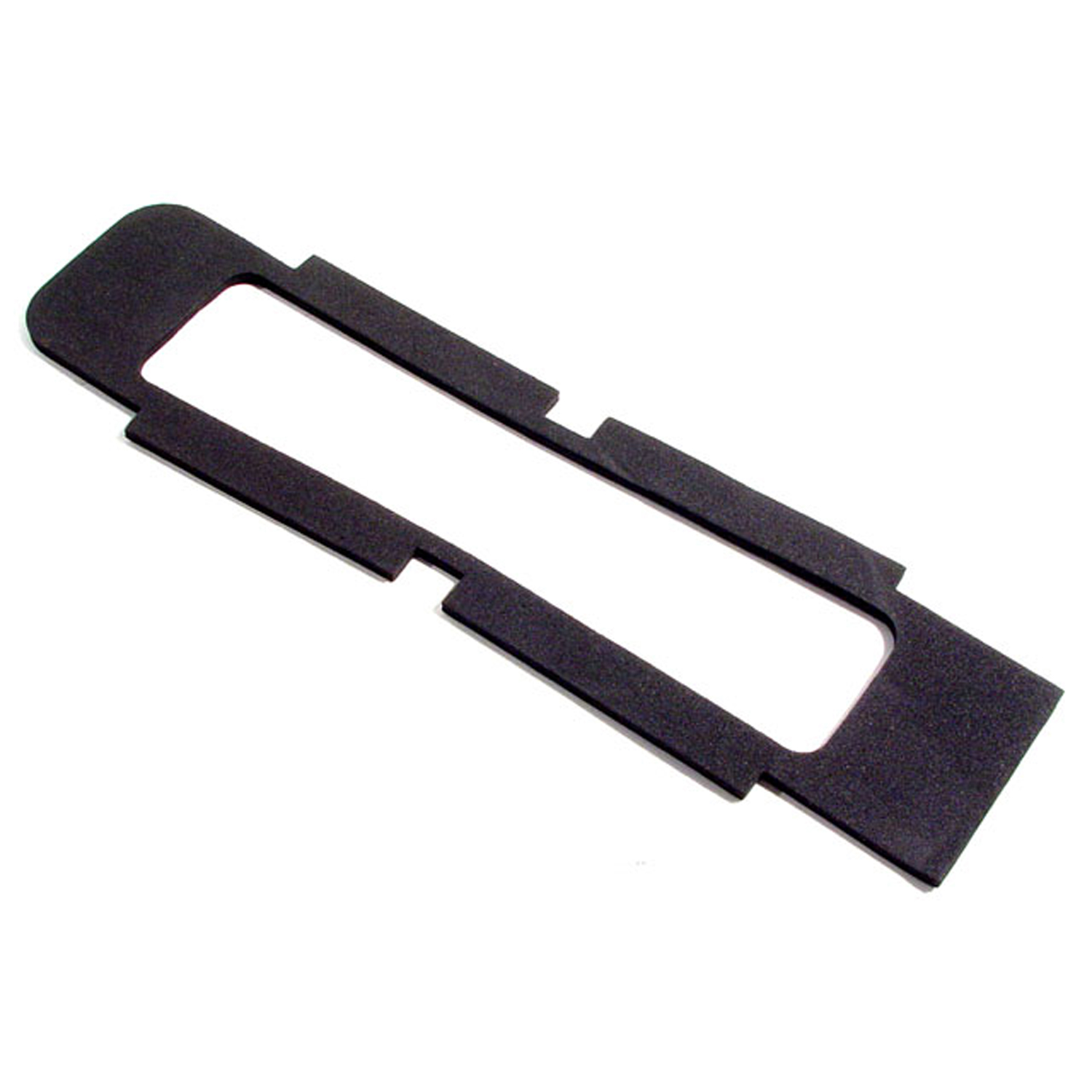 1950 Mercury Mercury Lens Gasket. Made of closed cell sponge. 9" X 2-1/2"-LG 6200-100Lens Gasket. Made of closed cell sponge. 9" X 2-1/2". Each
1950 Mercury Mercury Lens Gasket. Made of closed cell sponge. 9" X 2-1/2"-LG 6200-100Lens Gasket. Made of closed cell sponge. 9" X 2-1/2". Each 1950 Mercury Mercury Tail-Light Socket Seal Gasket. 2-1/2" O.D., 1-3/8" I.D-LG 6200-102Tail-Light Socket Seal Gasket. 2-1/2" O.D., 1-3/8" I.D. Each
1950 Mercury Mercury Tail-Light Socket Seal Gasket. 2-1/2" O.D., 1-3/8" I.D-LG 6200-102Tail-Light Socket Seal Gasket. 2-1/2" O.D., 1-3/8" I.D. Each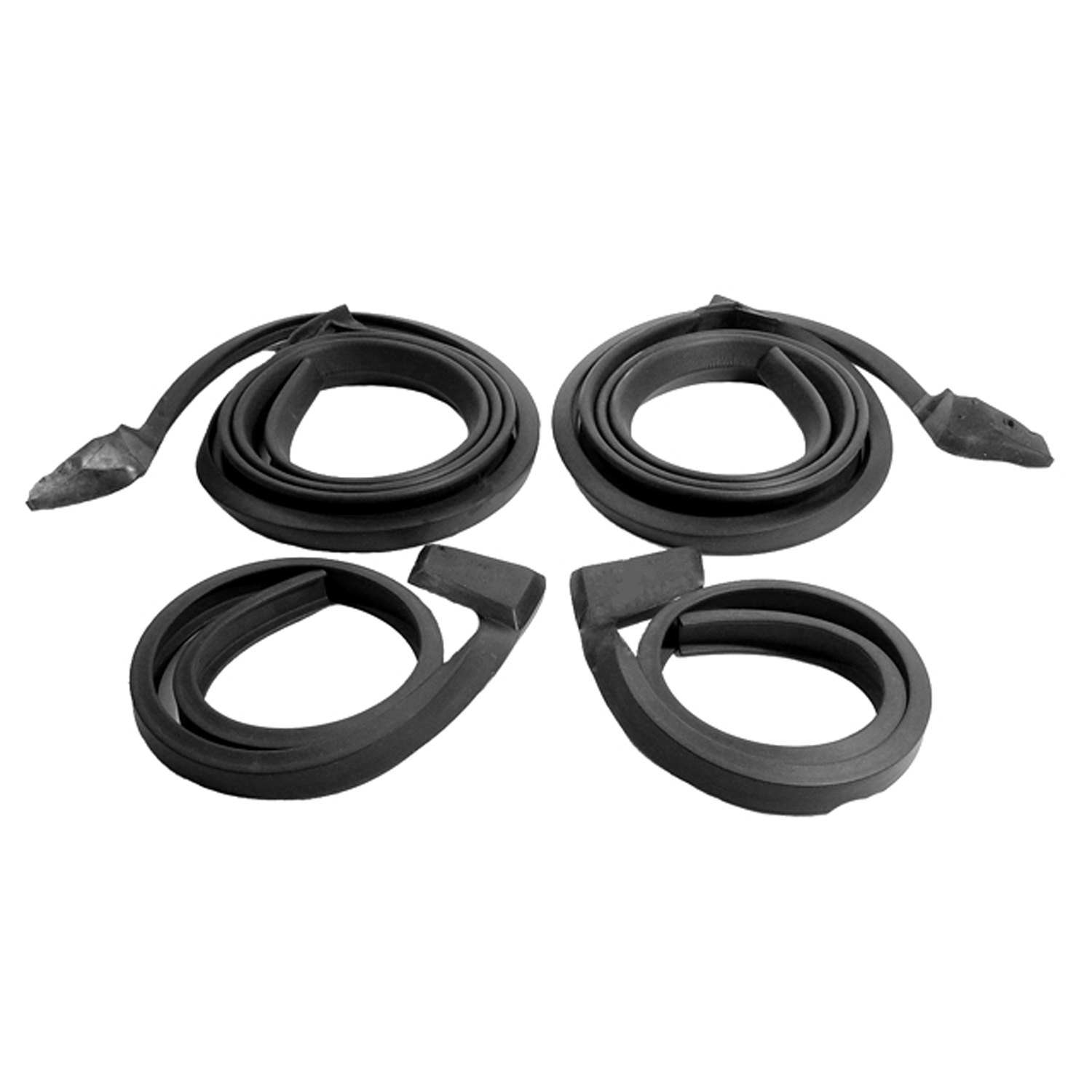 1950 Mercury Mercury Molded Door Seals for Convertibles Only-LM 33Molded Door Seals for Convertibles Only. Includes Door Bottom Seals with molded rear corners. Complete R&L Set
1950 Mercury Mercury Molded Door Seals for Convertibles Only-LM 33Molded Door Seals for Convertibles Only. Includes Door Bottom Seals with molded rear corners. Complete R&L Set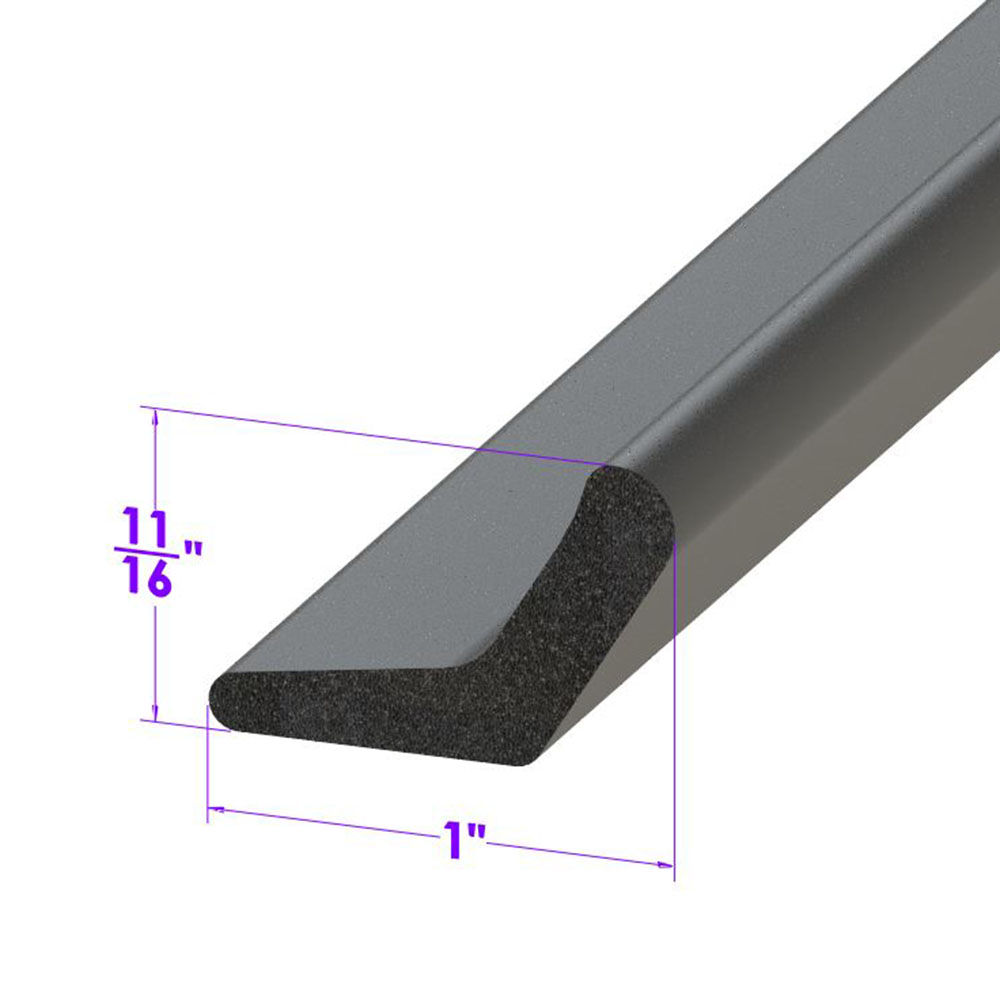 1950 Mercury Mercury Door Bottom Seal. Made of high-quality closed cell sponge-LP 104-JDoor Bottom Seal. Made of high-quality closed cell sponge. Sold by the foot
1950 Mercury Mercury Door Bottom Seal. Made of high-quality closed cell sponge-LP 104-JDoor Bottom Seal. Made of high-quality closed cell sponge. Sold by the foot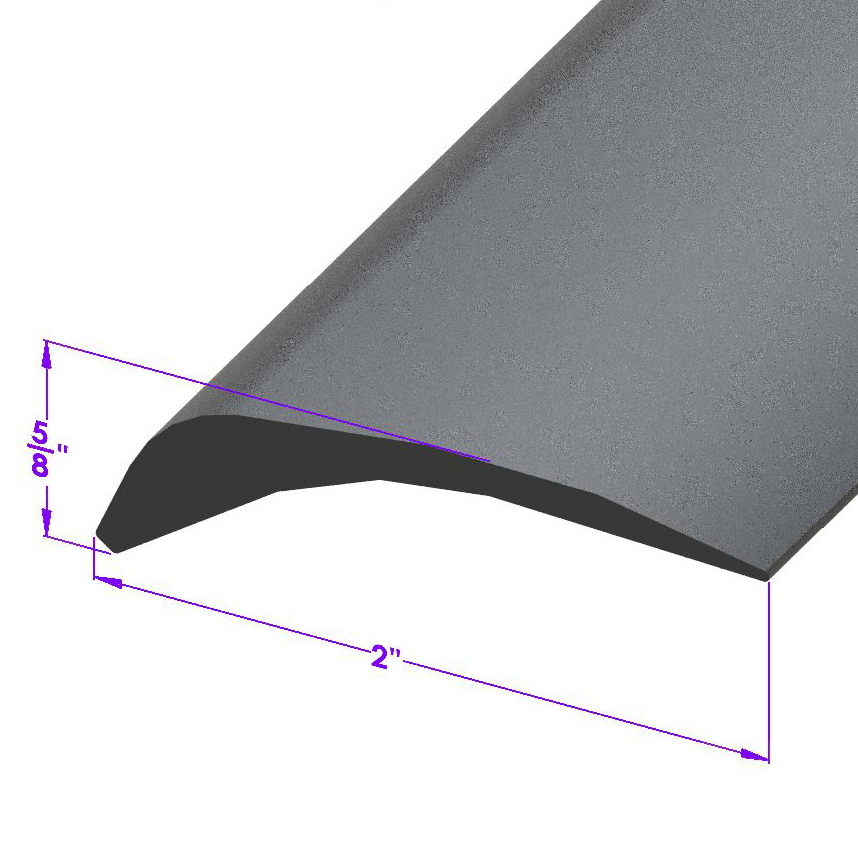 1950 Mercury Mercury Bumper to Body Seal, Splash and Gravel Guard. 2-1/8" wide-LP 109-L/FTBumper to Body Seal, Splash and Gravel Guard. 2-1/8" wide. Sold by the foot
1950 Mercury Mercury Bumper to Body Seal, Splash and Gravel Guard. 2-1/8" wide-LP 109-L/FTBumper to Body Seal, Splash and Gravel Guard. 2-1/8" wide. Sold by the foot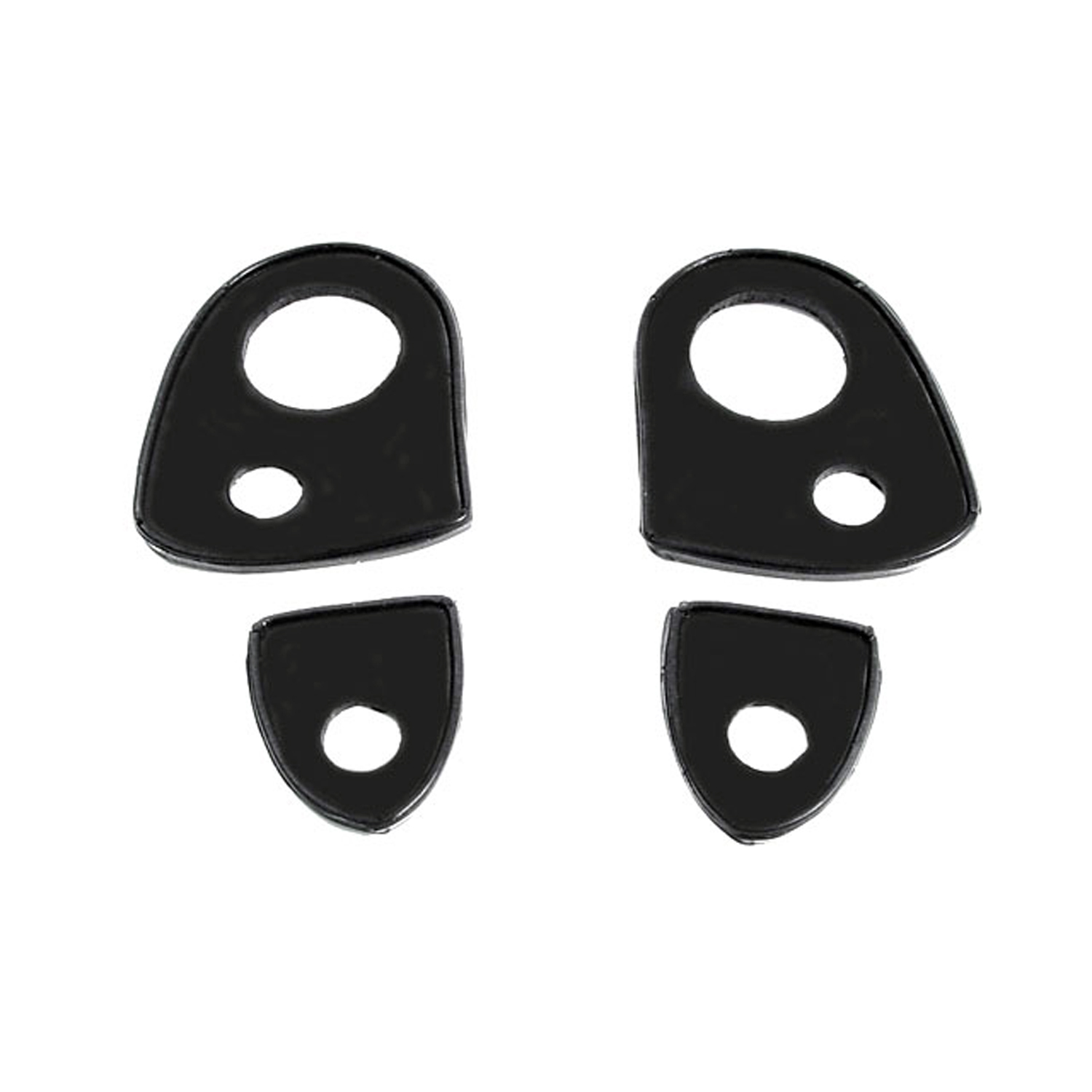 1950 Mercury Mercury Door Handle Pads. 2-3/4" wide X 1-5/8" long. Set R&L-MP 1009-ADoor Handle Pads. 2-3/4" wide X 1-5/8" long. Set R&L
1950 Mercury Mercury Door Handle Pads. 2-3/4" wide X 1-5/8" long. Set R&L-MP 1009-ADoor Handle Pads. 2-3/4" wide X 1-5/8" long. Set R&L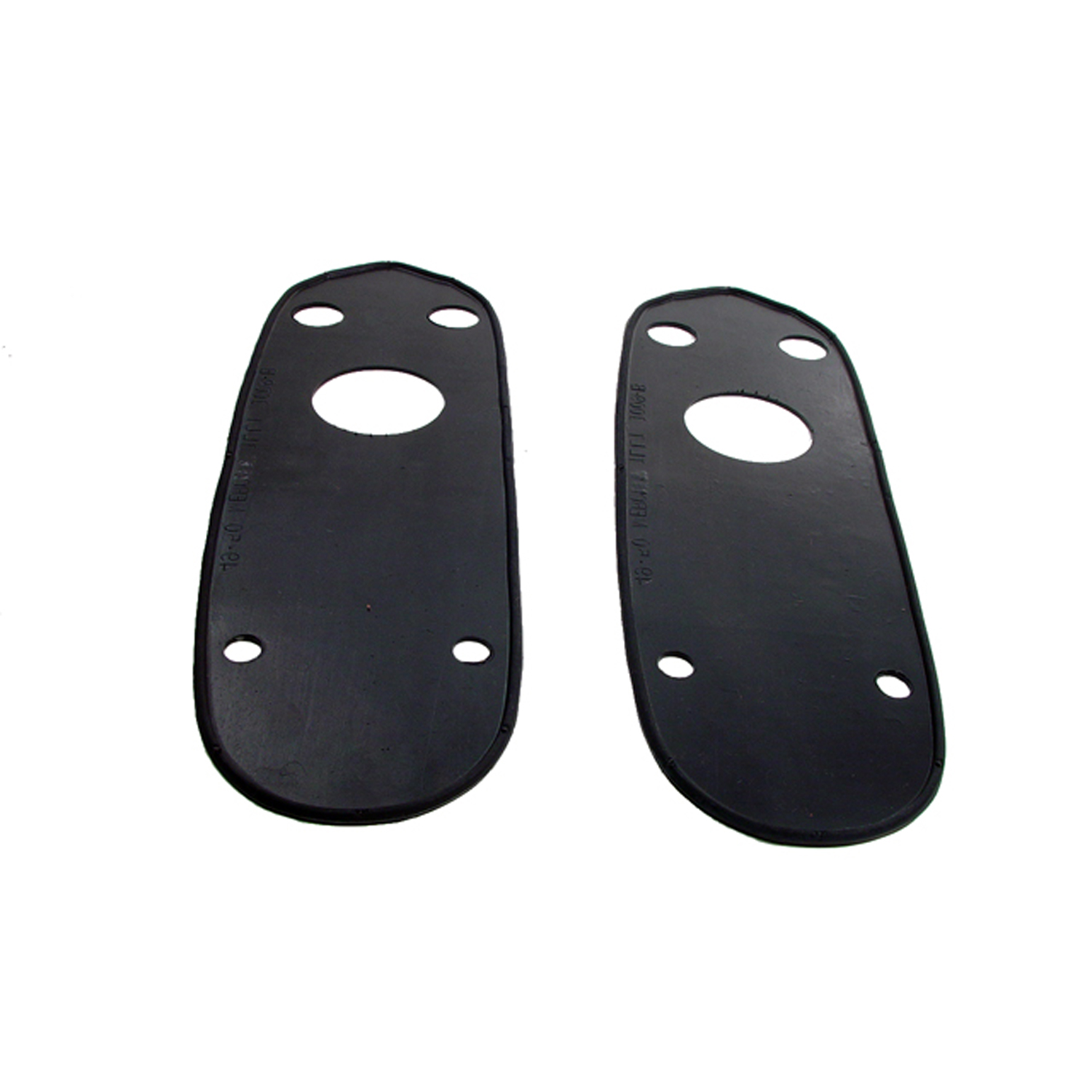 1950 Mercury Mercury Tail-light Pads. 3-1/2" wide X 11-3/4" long. Pair R&L-MP 1009-BTail-light Pads. 3-1/2" wide X 11-3/4" long. Pair R&L
1950 Mercury Mercury Tail-light Pads. 3-1/2" wide X 11-3/4" long. Pair R&L-MP 1009-BTail-light Pads. 3-1/2" wide X 11-3/4" long. Pair R&L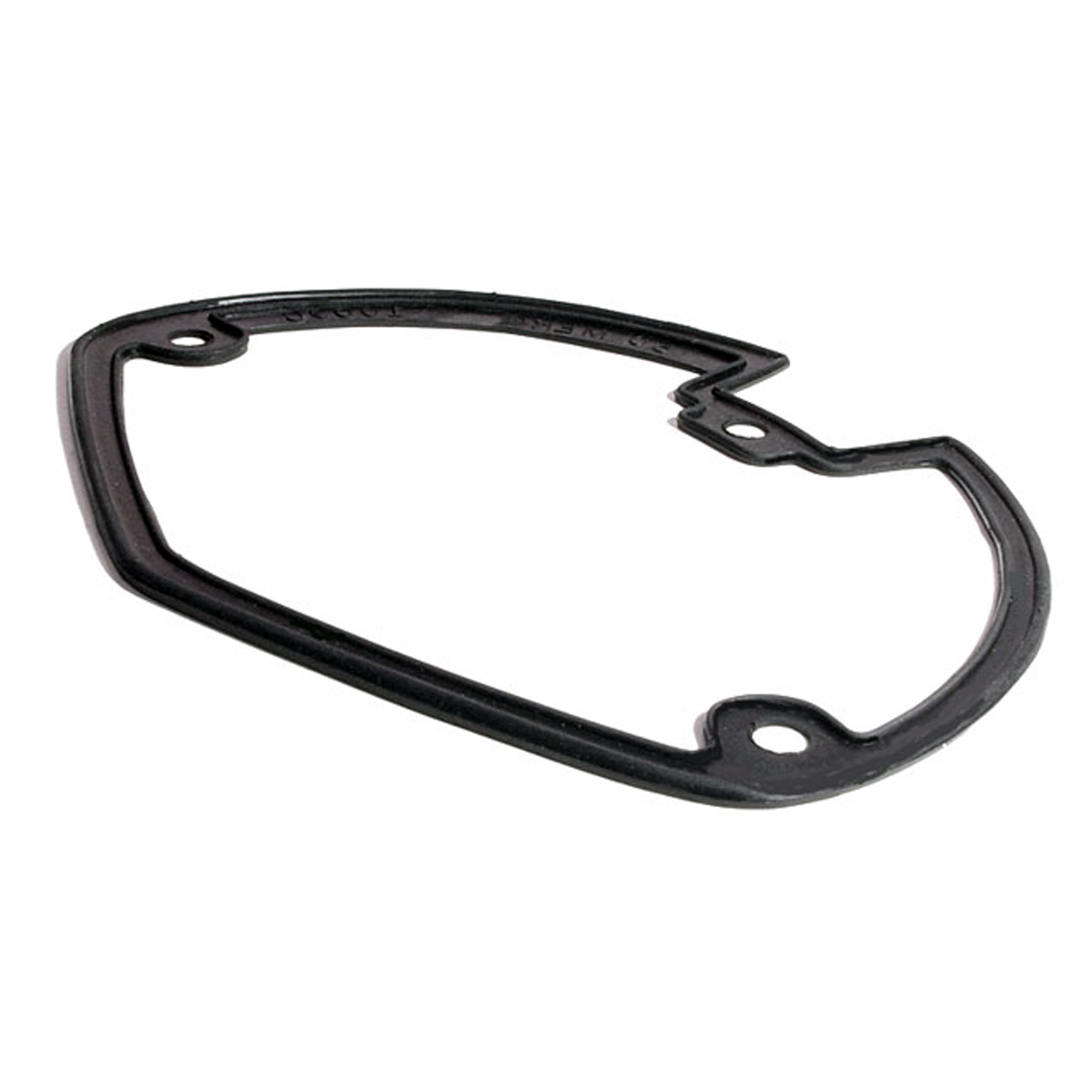 1950 Mercury Mercury Trunk Lock Pad. 6-1/4" wide X 7-7/8" long. Each-MP 1009-CTrunk Lock Pad. 6-1/4" wide X 7-7/8" long. Each
1950 Mercury Mercury Trunk Lock Pad. 6-1/4" wide X 7-7/8" long. Each-MP 1009-CTrunk Lock Pad. 6-1/4" wide X 7-7/8" long. Each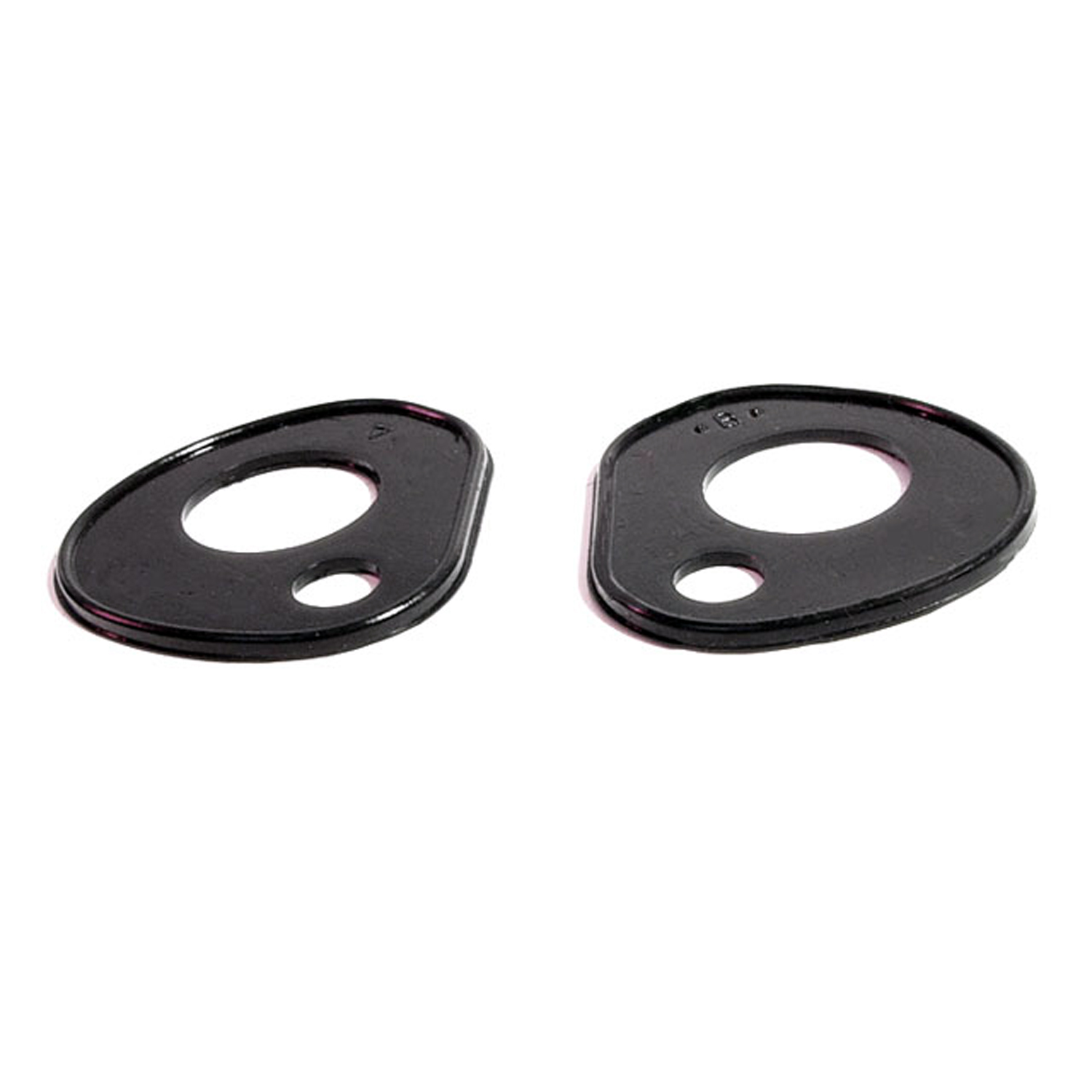 1950 Mercury Mercury Windshield Wiper Transmission Pads-MP 1009-DWindshield Wiper Transmission Pads. 1-5/8" wide X 1-3/4" long. Pair R&L
1950 Mercury Mercury Windshield Wiper Transmission Pads-MP 1009-DWindshield Wiper Transmission Pads. 1-5/8" wide X 1-3/4" long. Pair R&L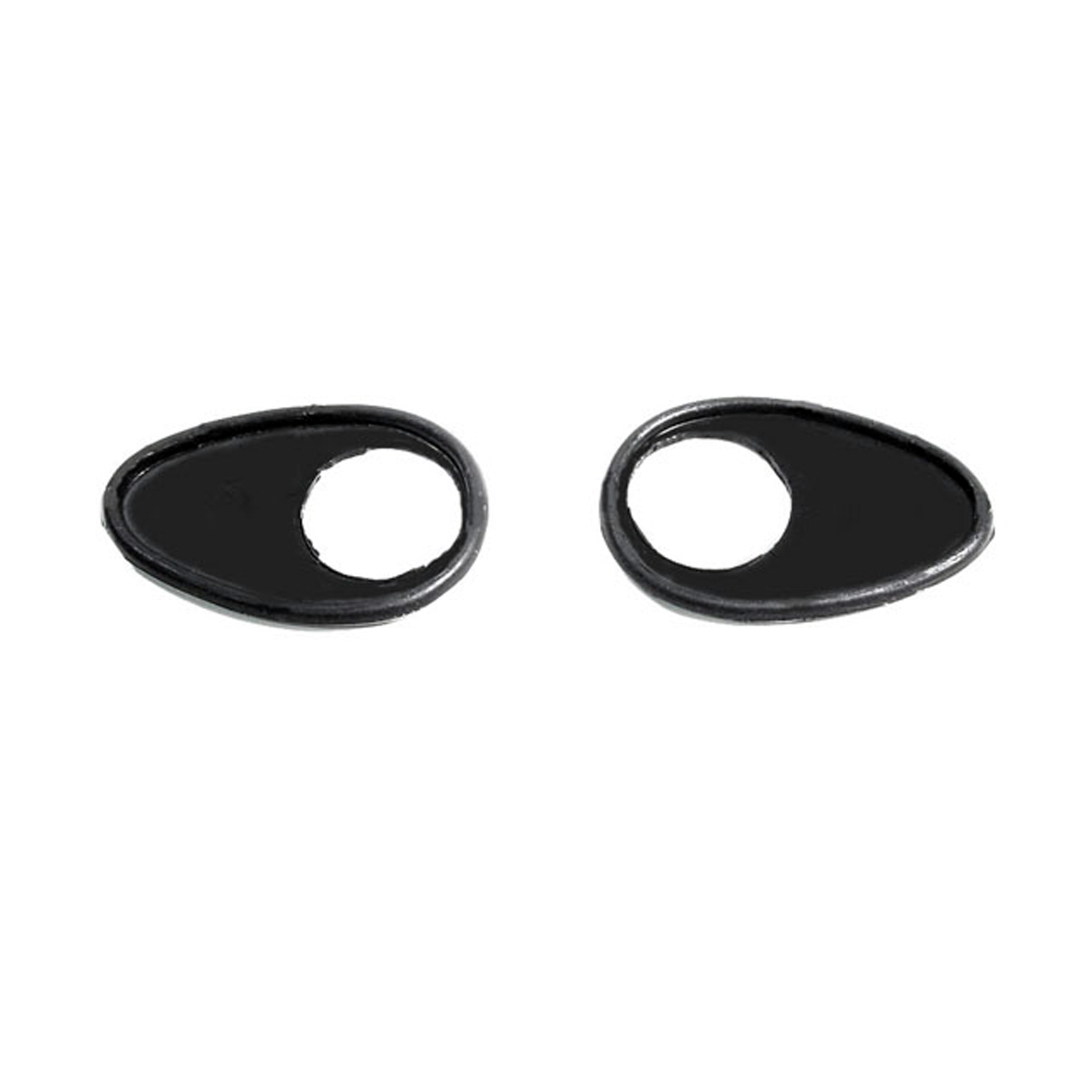 1950 Mercury Mercury Door Lock Pads. 1-3/8" wide X 2" long. Pair-MP 1009-FDoor Lock Pads. 1-3/8" wide X 2" long. Pair
1950 Mercury Mercury Door Lock Pads. 1-3/8" wide X 2" long. Pair-MP 1009-FDoor Lock Pads. 1-3/8" wide X 2" long. Pair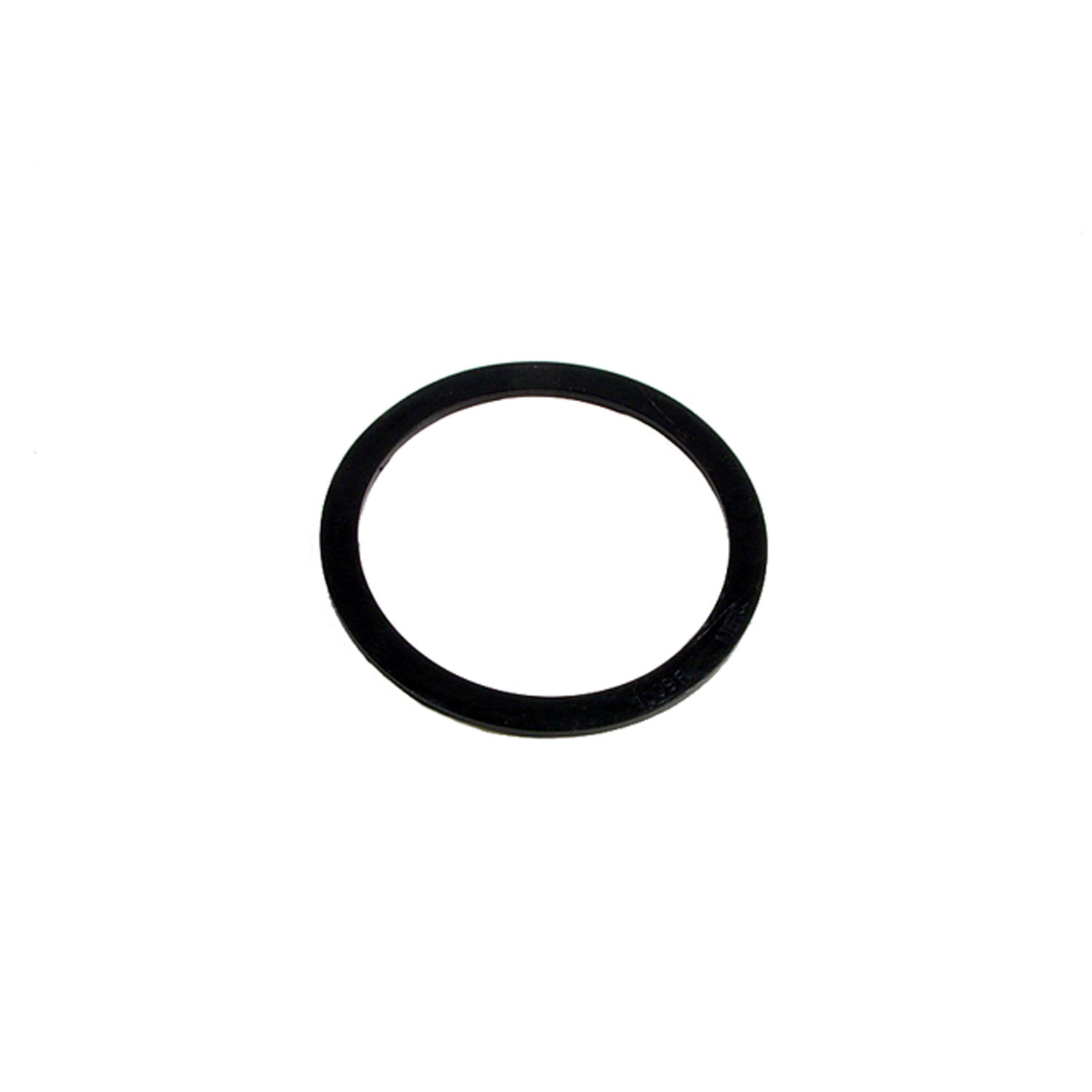 1950 Mercury Mercury Lens Gasket. 2-3/4" I.D., 3-1/4" O.D. Each-MP 1009-RLens Gasket. 2-3/4" I.D., 3-1/4" O.D. Each
1950 Mercury Mercury Lens Gasket. 2-3/4" I.D., 3-1/4" O.D. Each-MP 1009-RLens Gasket. 2-3/4" I.D., 3-1/4" O.D. Each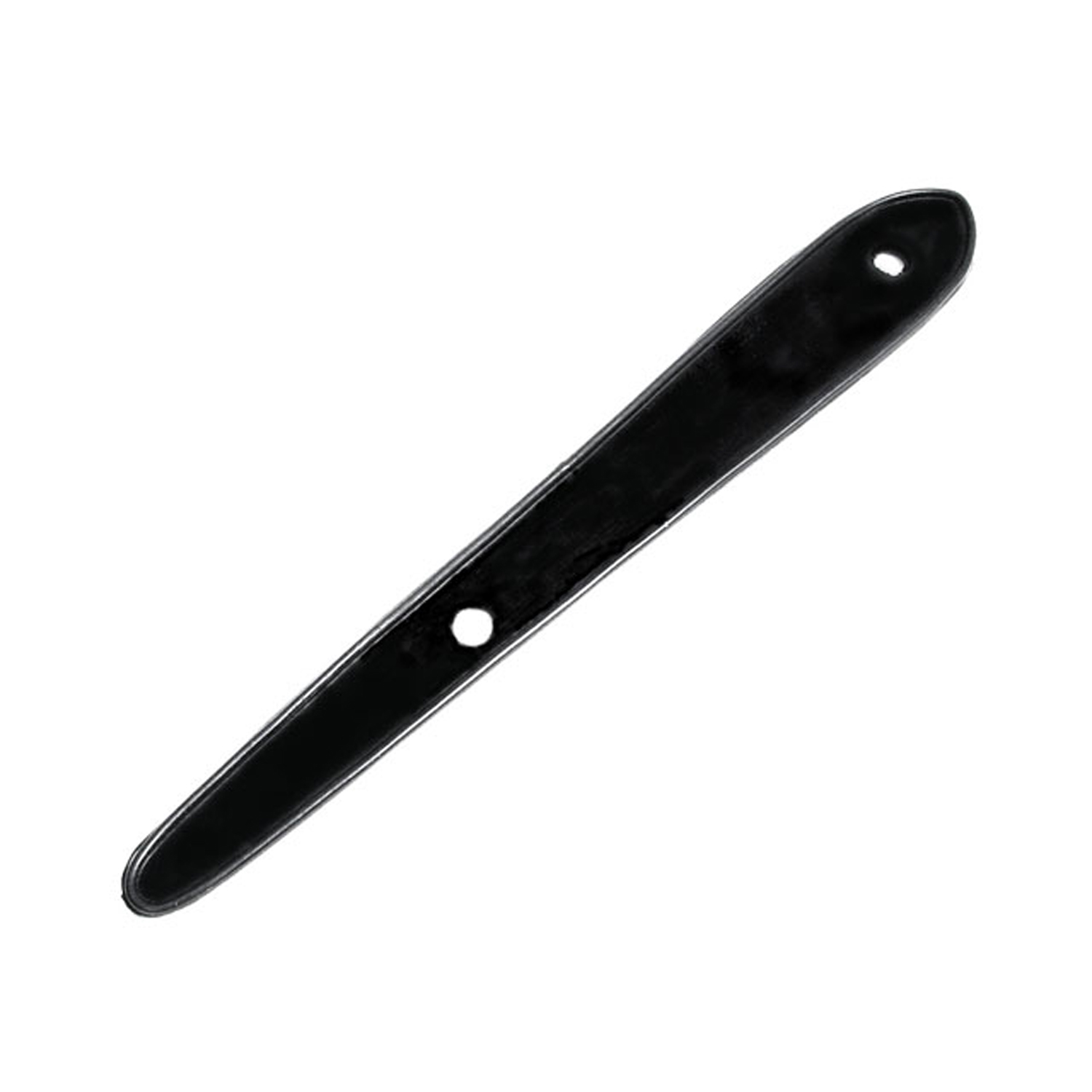 1950 Mercury Mercury Hood Ornament Mounting Pad. Beaded type. 1" wide X 7" long-MP 1009-XHood Ornament Mounting Pad. Beaded type. 1" wide X 7" long. Each
1950 Mercury Mercury Hood Ornament Mounting Pad. Beaded type. 1" wide X 7" long-MP 1009-XHood Ornament Mounting Pad. Beaded type. 1" wide X 7" long. Each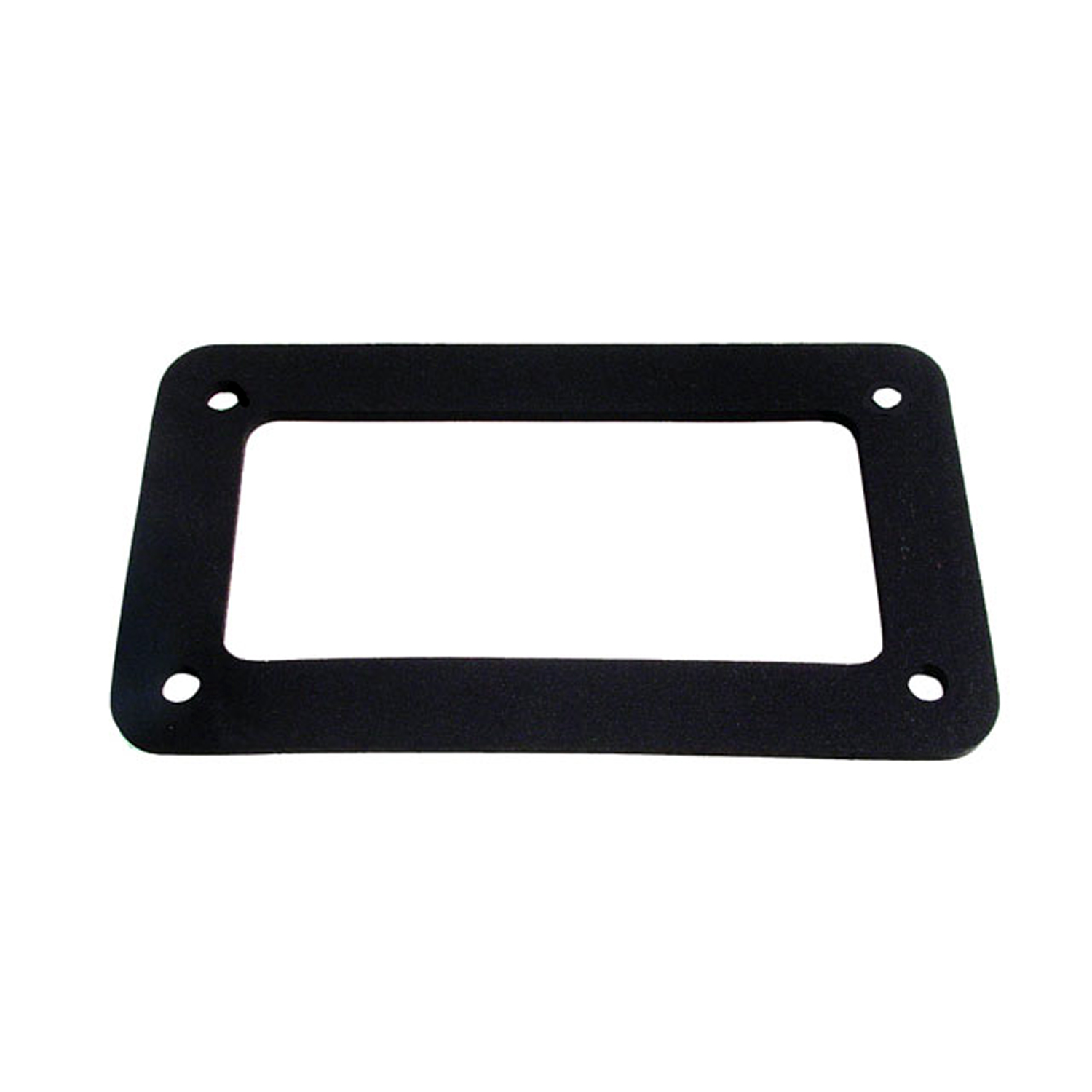 1950 Mercury Mercury Heater to Firewall Seal. Made of sponge-RP 100-XHeater to Firewall Seal. Made of sponge. Outer dimensions: 3-7/8" wide X 6-7/8" long. Inner dimensions: 2-3/8" wide X 5-3/16" long. Each
1950 Mercury Mercury Heater to Firewall Seal. Made of sponge-RP 100-XHeater to Firewall Seal. Made of sponge. Outer dimensions: 3-7/8" wide X 6-7/8" long. Inner dimensions: 2-3/8" wide X 5-3/16" long. Each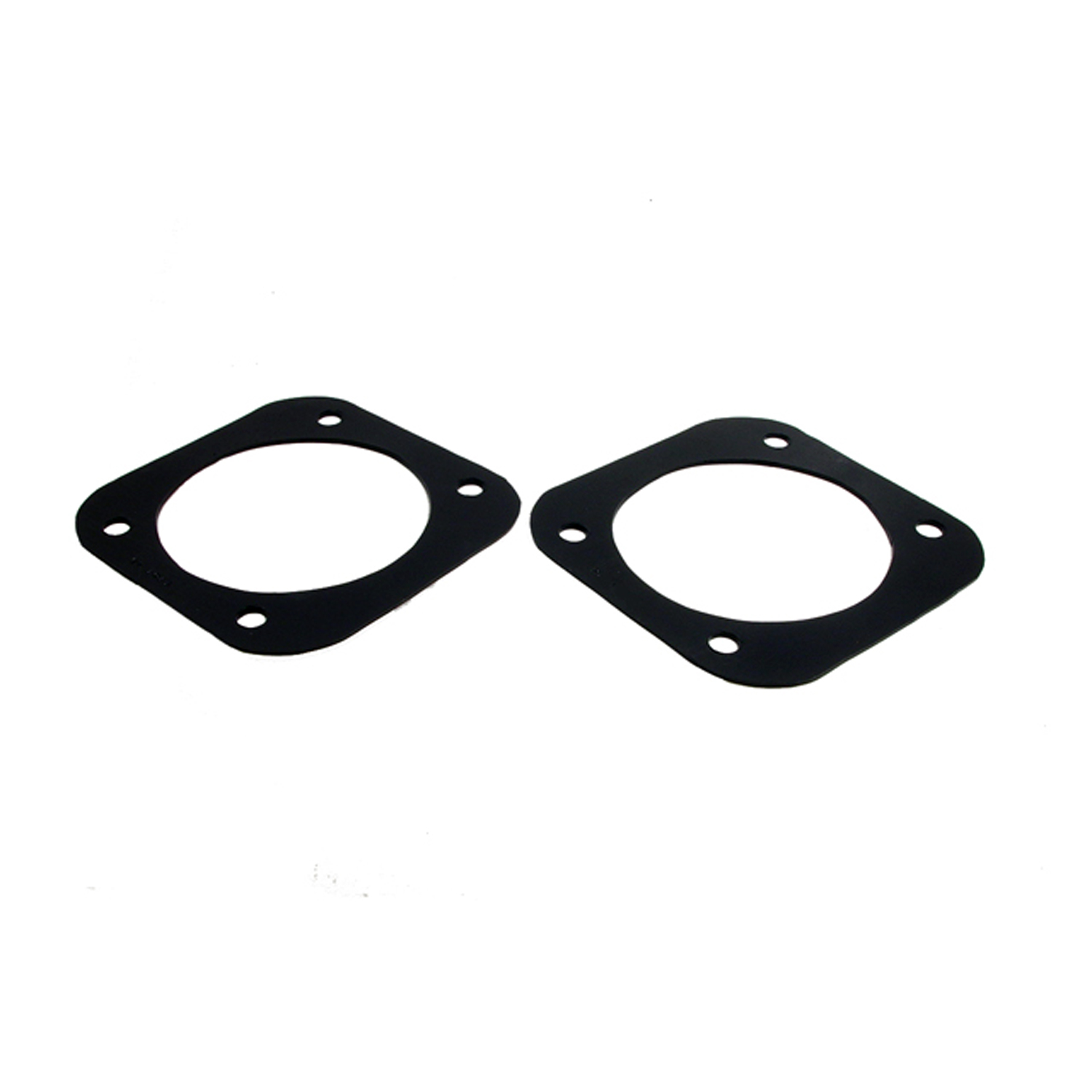 1950 Mercury Mercury Fresh Air Vent to Cowl Seals. Made of rubber-RP 101-AFresh Air Vent to Cowl Seals. Made of rubber. 5-1/4" square with 3-7/8" I.D. Pair
1950 Mercury Mercury Fresh Air Vent to Cowl Seals. Made of rubber-RP 101-AFresh Air Vent to Cowl Seals. Made of rubber. 5-1/4" square with 3-7/8" I.D. Pair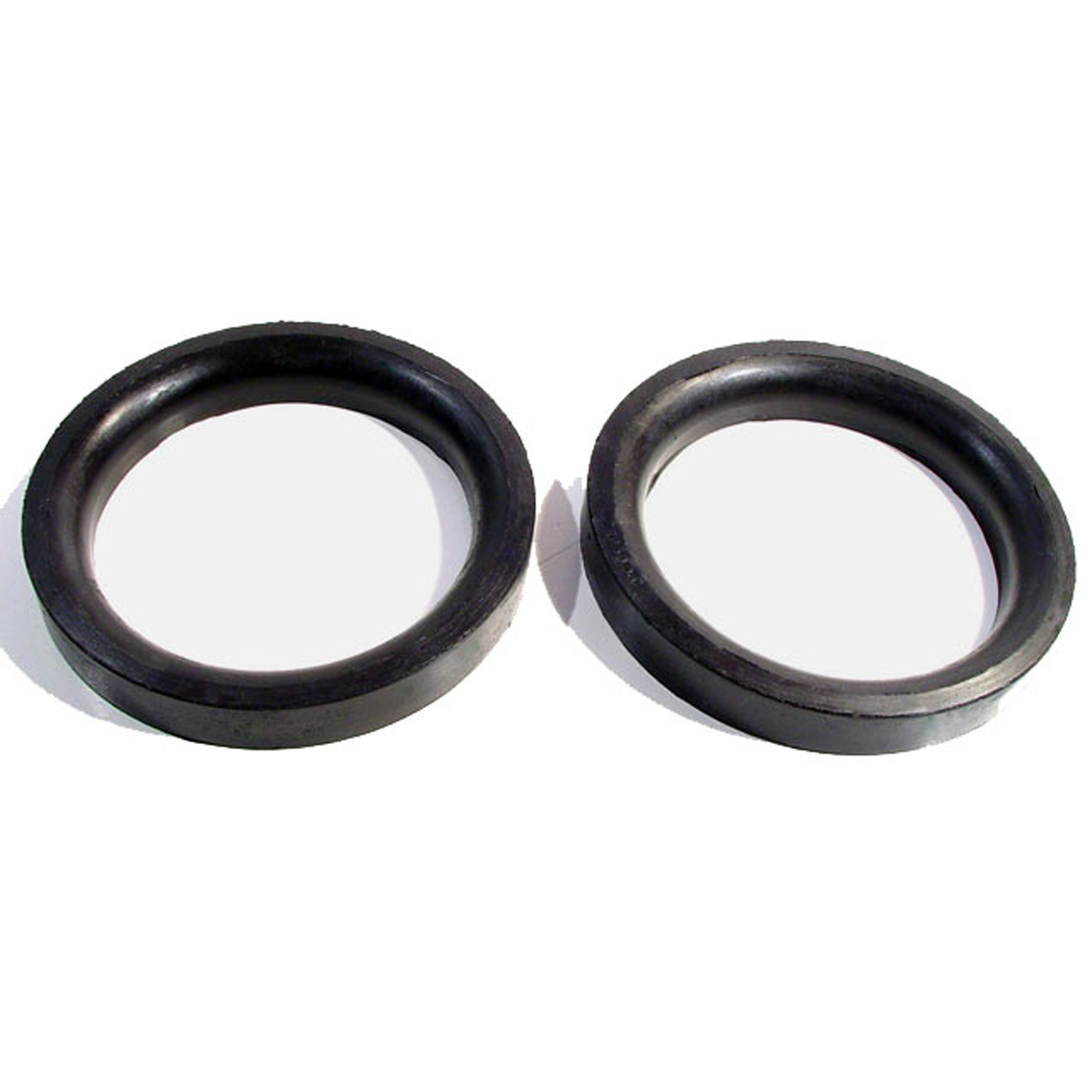 1950 Mercury Mercury Air Duct Seals. Made of molded sponge. 5-1/8" O.D-RP 300-CAir Duct Seals. Made of molded sponge. 5-1/8" O.D., 3-7/8" I.D. X 11/16" thick. Pair
1950 Mercury Mercury Air Duct Seals. Made of molded sponge. 5-1/8" O.D-RP 300-CAir Duct Seals. Made of molded sponge. 5-1/8" O.D., 3-7/8" I.D. X 11/16" thick. Pair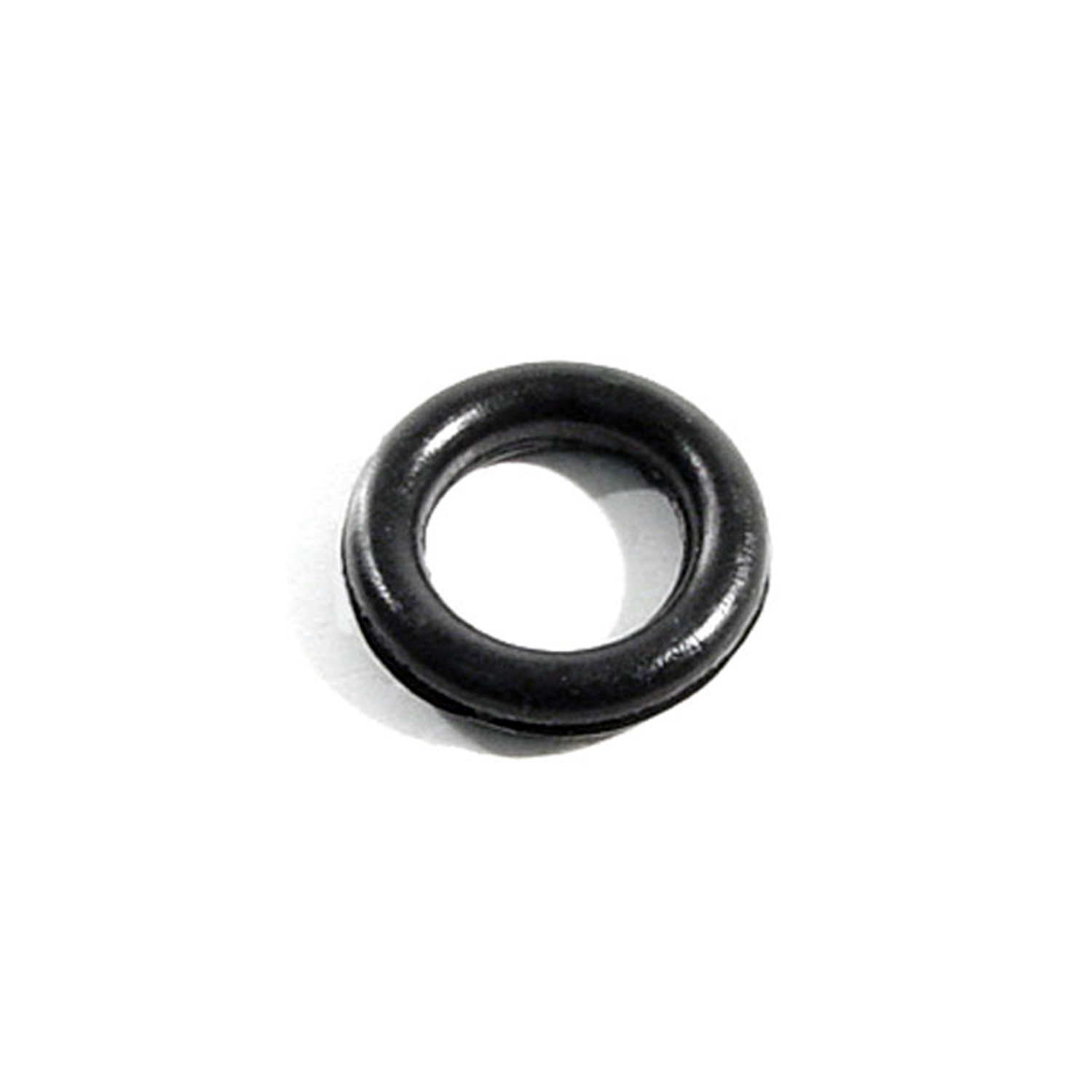 1950 Mercury Mercury Door Lock Grommet. Protects door lock knob. 7/16" I.D-RP 303-PDoor Lock Grommet. Protects door lock knob. 7/16" I.D., 11/16" O.D. Each
1950 Mercury Mercury Door Lock Grommet. Protects door lock knob. 7/16" I.D-RP 303-PDoor Lock Grommet. Protects door lock knob. 7/16" I.D., 11/16" O.D. Each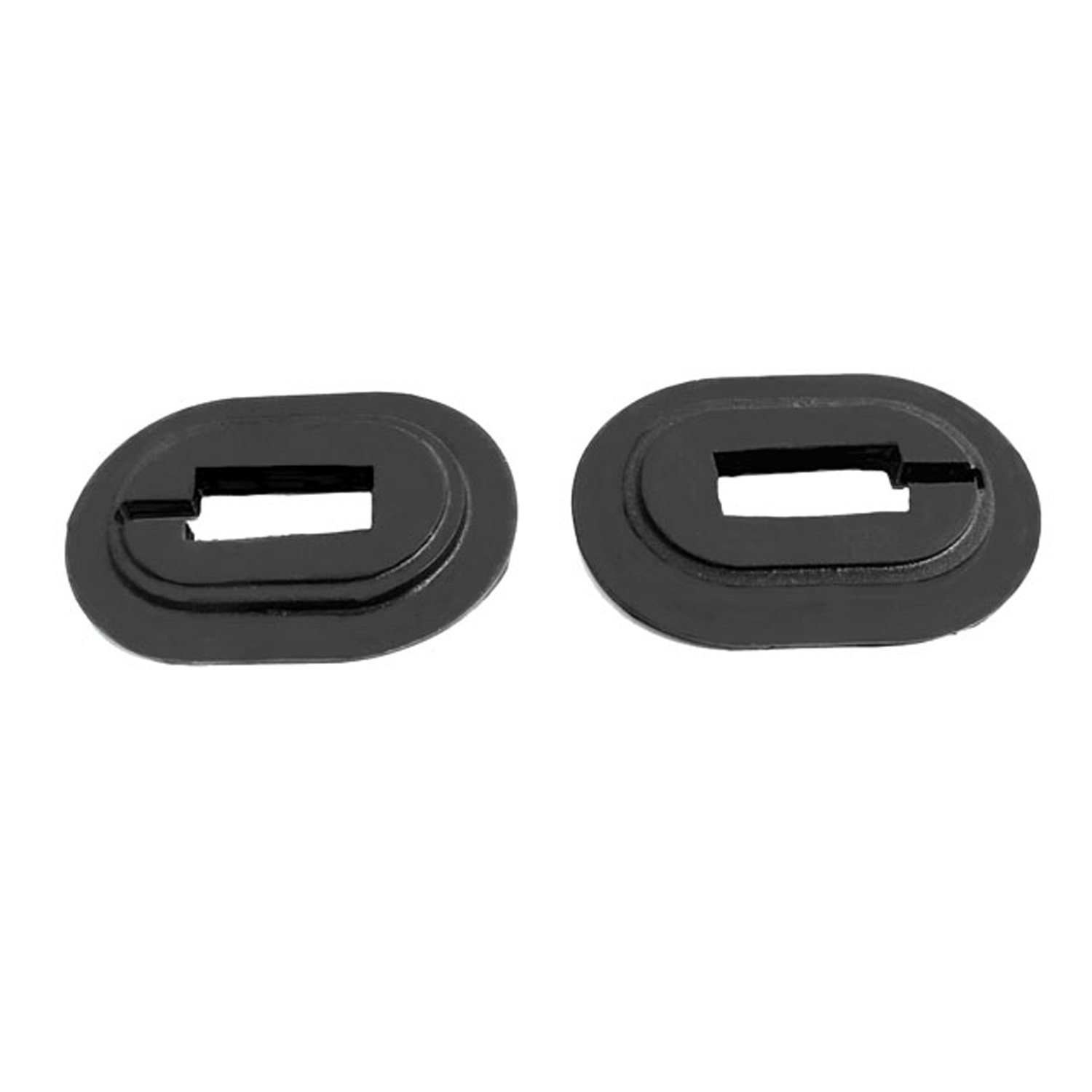 1950 Mercury Mercury Clutch and Brake Seals. Made with steel core-RP 31-MClutch and Brake Seals. Made with steel core. 2-3/8" X 1-5/8", 1-5/16" long inner slot. Pair
1950 Mercury Mercury Clutch and Brake Seals. Made with steel core-RP 31-MClutch and Brake Seals. Made with steel core. 2-3/8" X 1-5/8", 1-5/16" long inner slot. Pair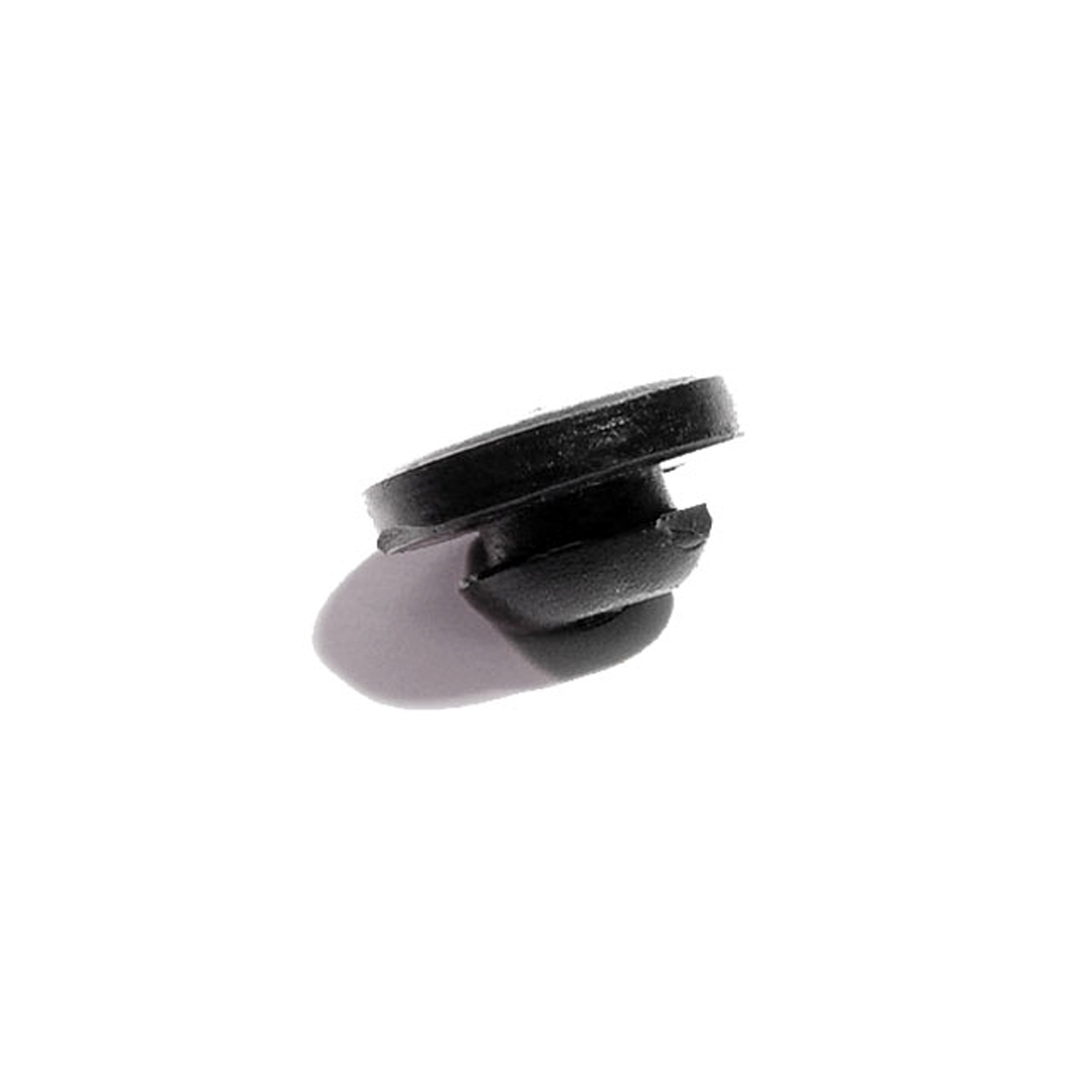 1950 Mercury Mercury Glove Box Bumper. Good reproduction. Each-SB 77Glove Box Bumper. Good reproduction. Each
1950 Mercury Mercury Glove Box Bumper. Good reproduction. Each-SB 77Glove Box Bumper. Good reproduction. Each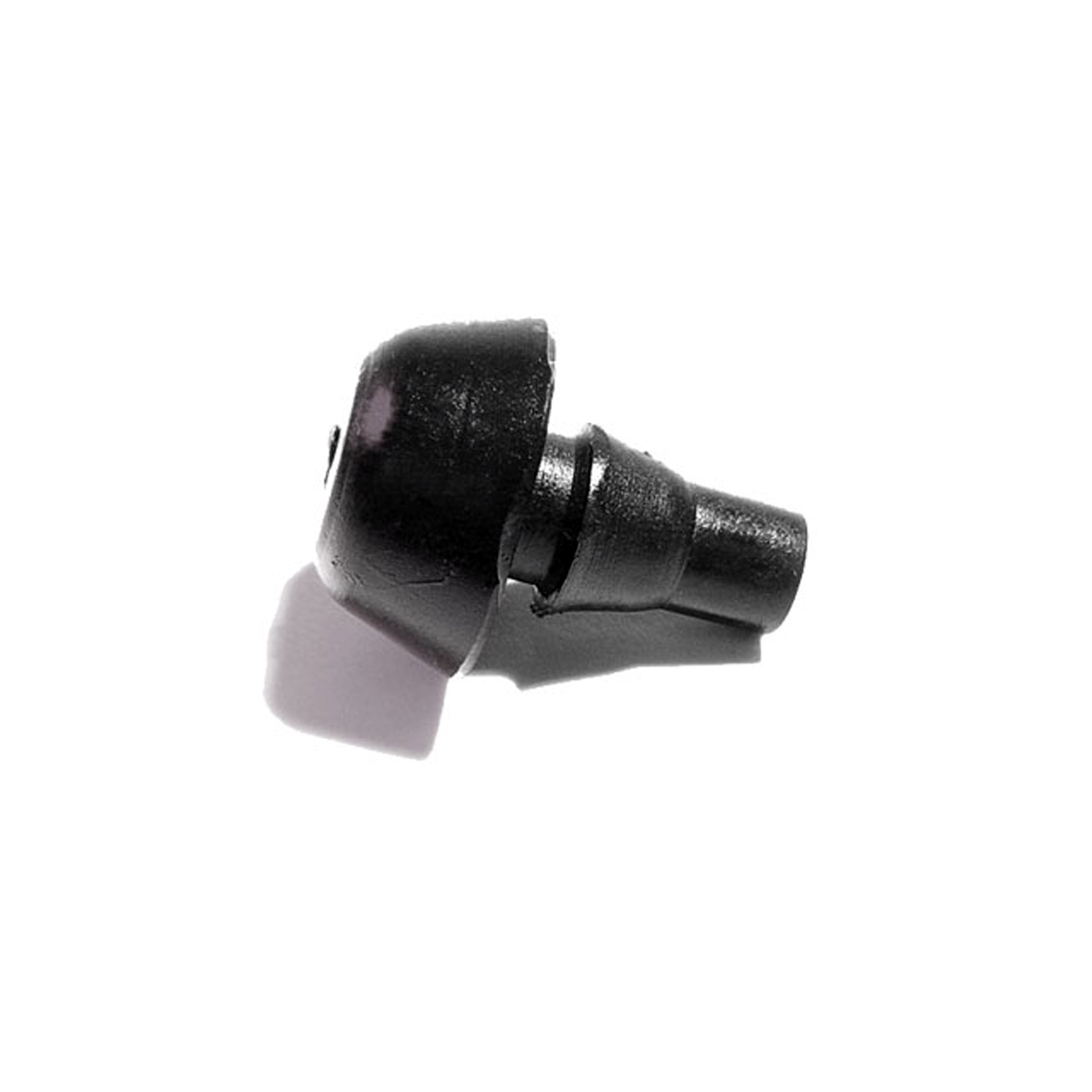 1950 Mercury Mercury License Plate Bumper. Fits a 1/4" hole. Each-SB 88License Plate Bumper. Fits a 1/4" hole. Each
1950 Mercury Mercury License Plate Bumper. Fits a 1/4" hole. Each-SB 88License Plate Bumper. Fits a 1/4" hole. Each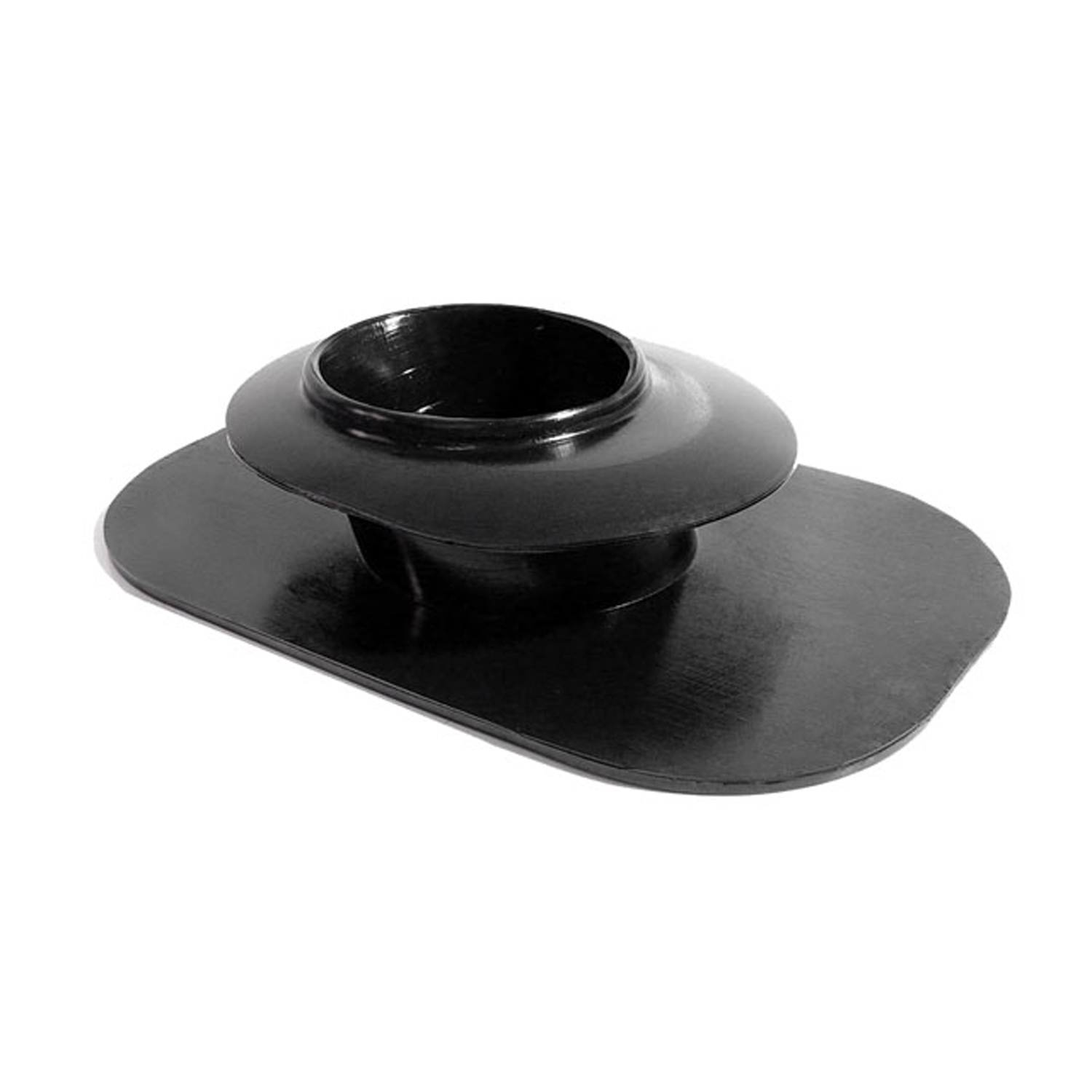 1950 Mercury Mercury Steering Column to Floor Grommet. Each-SC 30Steering Column to Floor Grommet. Each
1950 Mercury Mercury Steering Column to Floor Grommet. Each-SC 30Steering Column to Floor Grommet. Each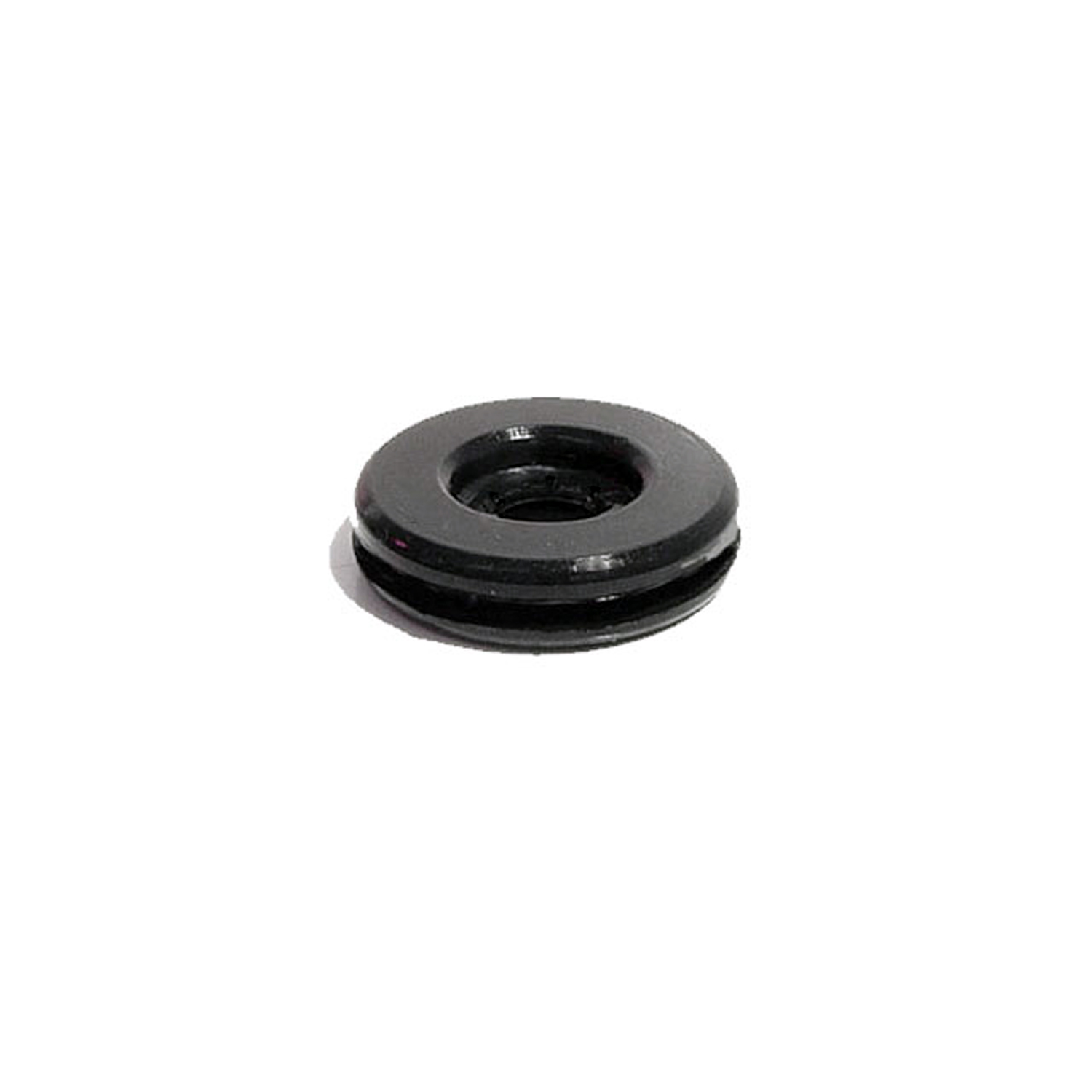 1950 Mercury Mercury Wire Harness to Firewall Grommet. Each-SM 28-BWire Harness to Firewall Grommet. Each
1950 Mercury Mercury Wire Harness to Firewall Grommet. Each-SM 28-BWire Harness to Firewall Grommet. Each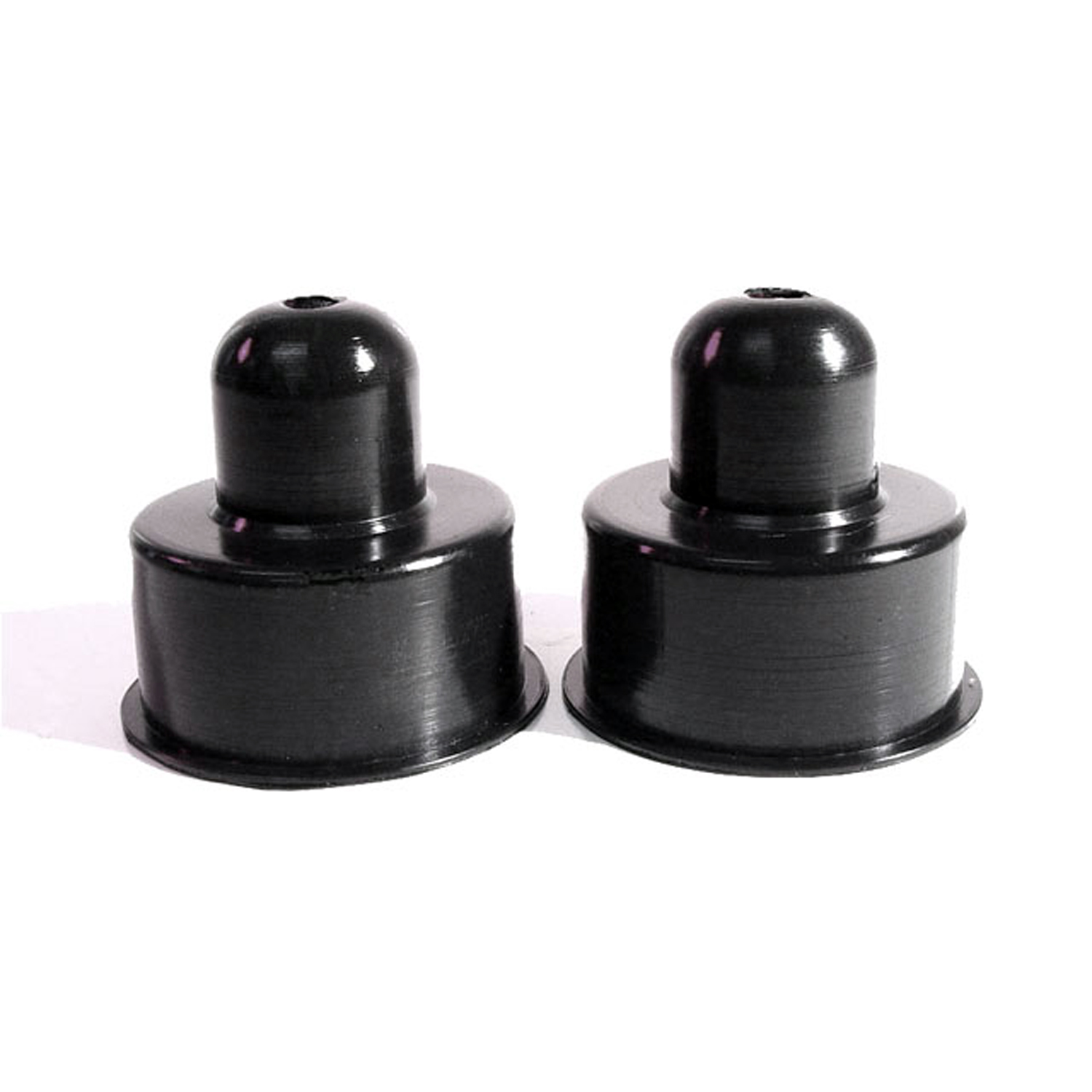 1950 Mercury Mercury Front Park Light Boot. Each-SM 65-CFront Park Light Boot. Each
1950 Mercury Mercury Front Park Light Boot. Each-SM 65-CFront Park Light Boot. Each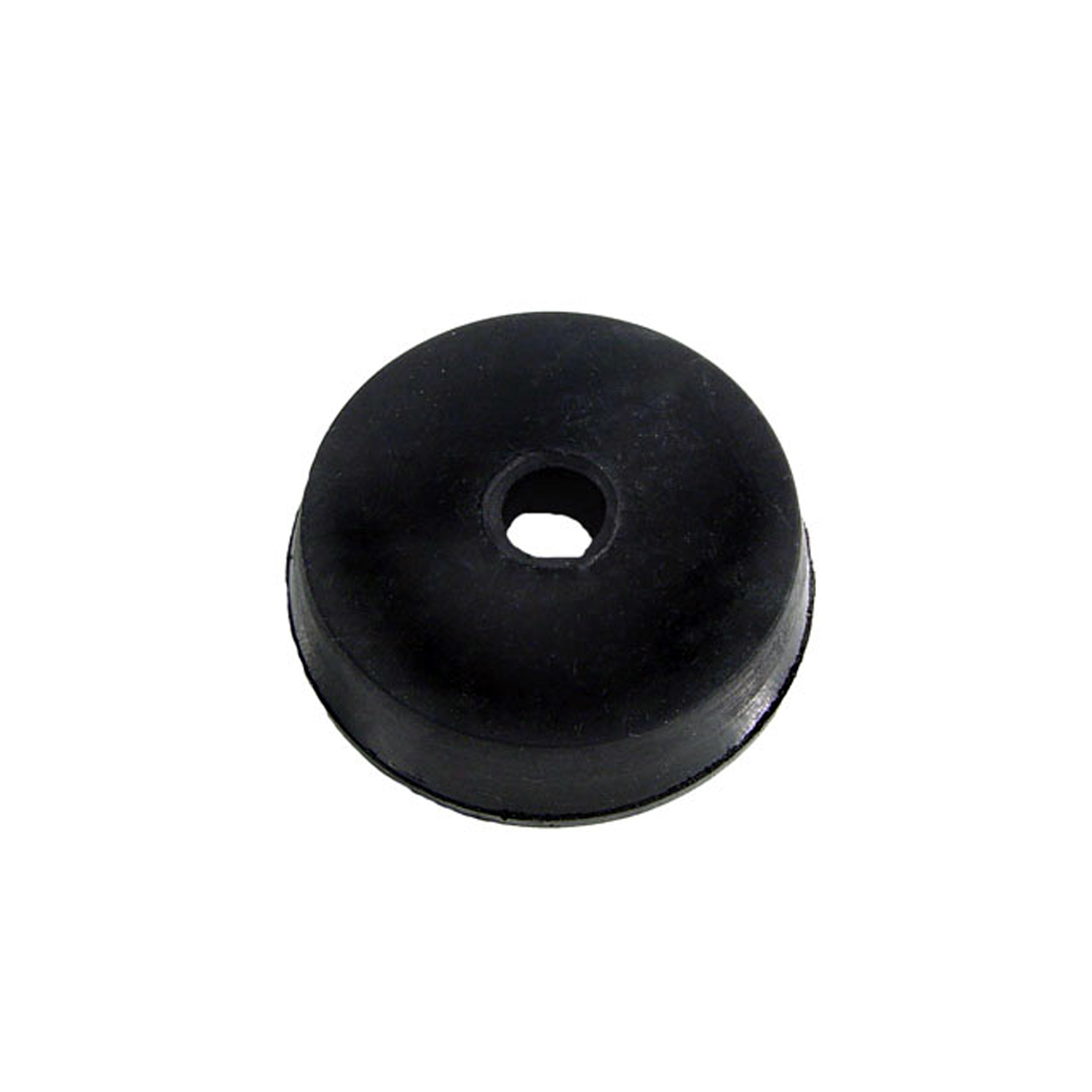 1950 Mercury Mercury Main Firewall Wiring Grommet. 2" O.D., 1-3/8" I.D. Each-SM 67Main Firewall Wiring Grommet. 2" O.D., 1-3/8" I.D. Each
1950 Mercury Mercury Main Firewall Wiring Grommet. 2" O.D., 1-3/8" I.D. Each-SM 67Main Firewall Wiring Grommet. 2" O.D., 1-3/8" I.D. Each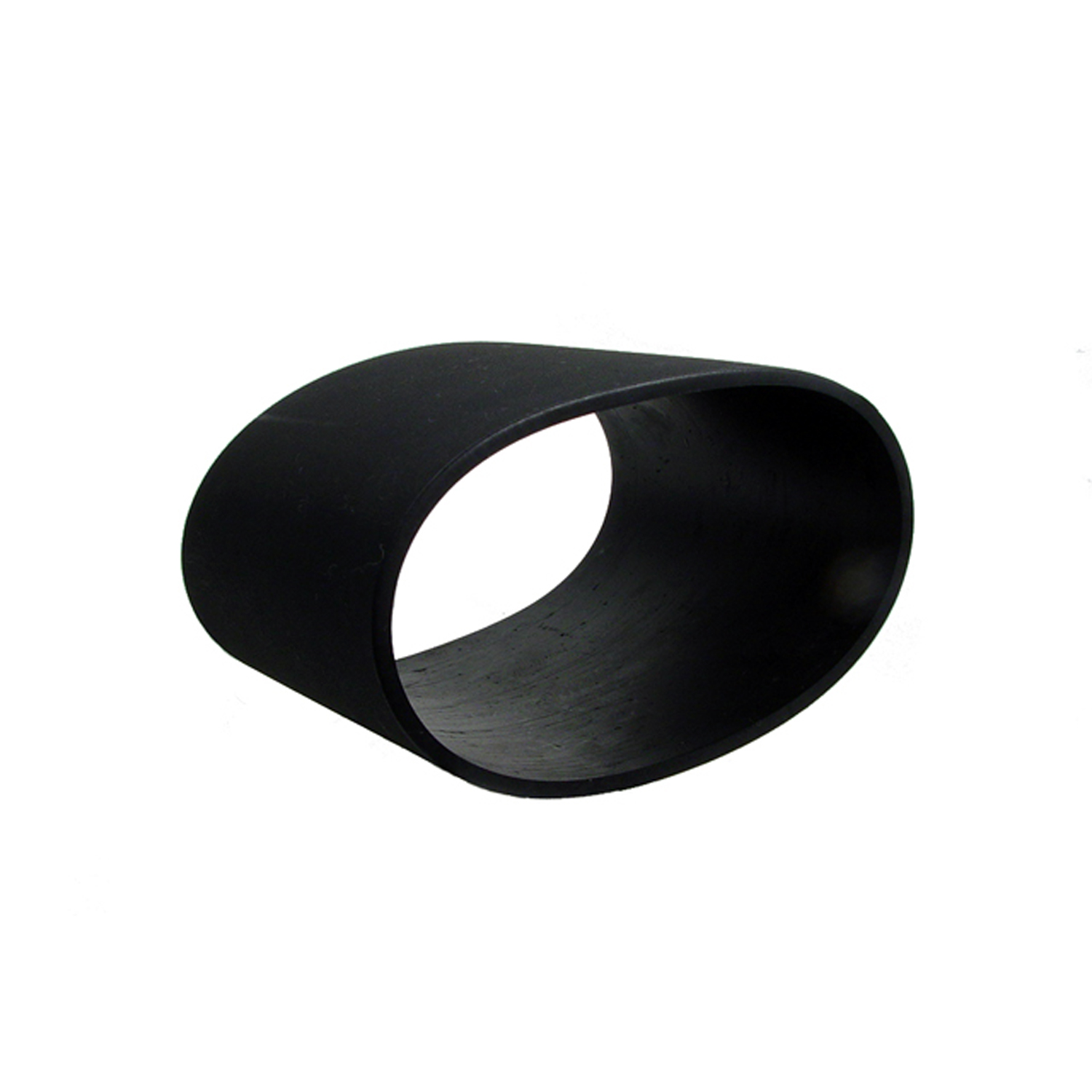 1950 Mercury Mercury Fresh Air Duct Seal. One-piece, seamless construction-VH 102-AFresh Air Duct Seal. One-piece, seamless construction. 3-5/8" I.D., 3-7/8" O.D., 1/8" thick X 4" high. Each
1950 Mercury Mercury Fresh Air Duct Seal. One-piece, seamless construction-VH 102-AFresh Air Duct Seal. One-piece, seamless construction. 3-5/8" I.D., 3-7/8" O.D., 1/8" thick X 4" high. Each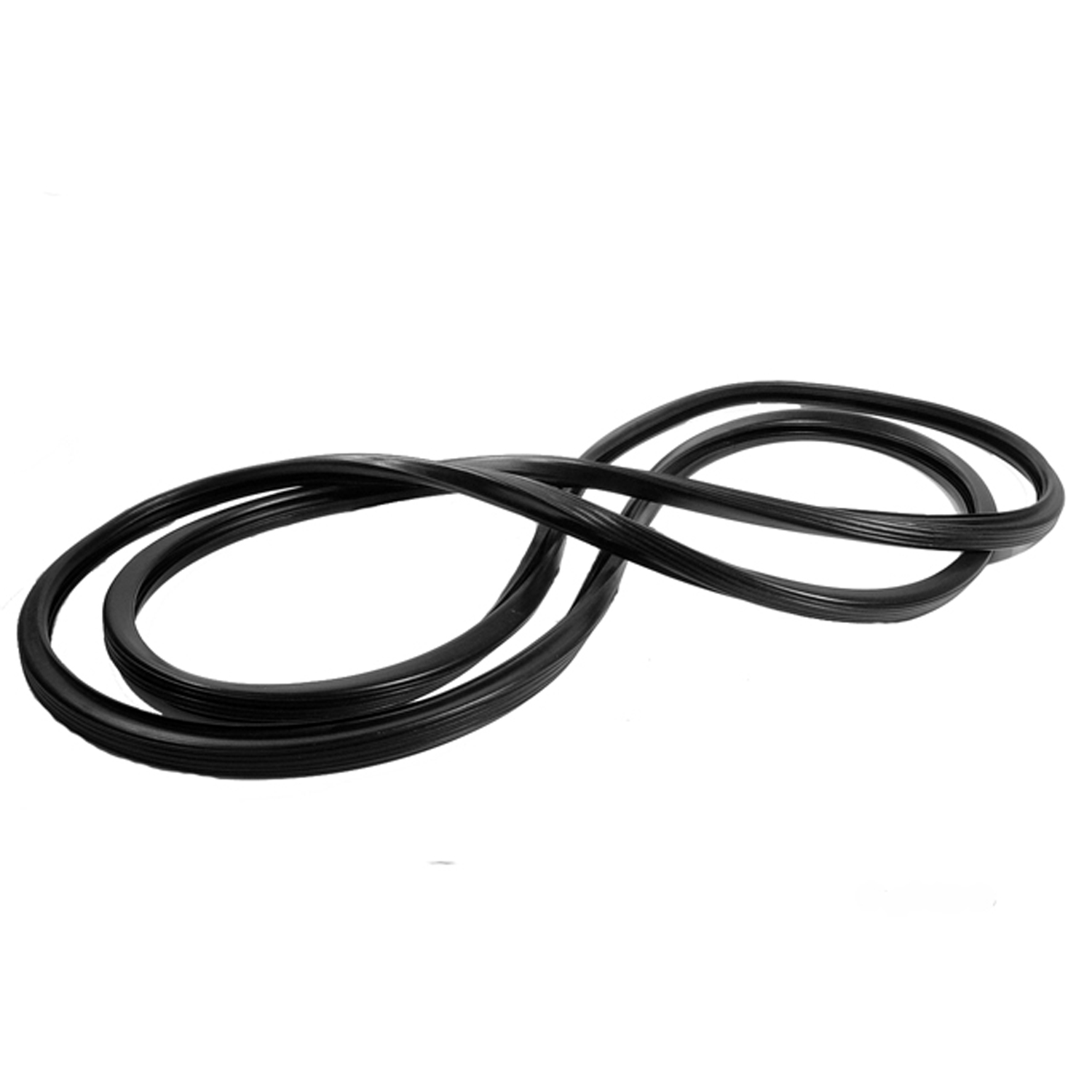 1950 Mercury Mercury Vulcanized Fixed Quarter Window Seals-VQT 3300Vulcanized Fixed Quarter Window Seals. For all 2-doors without swing-out rear quarter window. 63-1/2" Long each. Pair
1950 Mercury Mercury Vulcanized Fixed Quarter Window Seals-VQT 3300Vulcanized Fixed Quarter Window Seals. For all 2-doors without swing-out rear quarter window. 63-1/2" Long each. Pair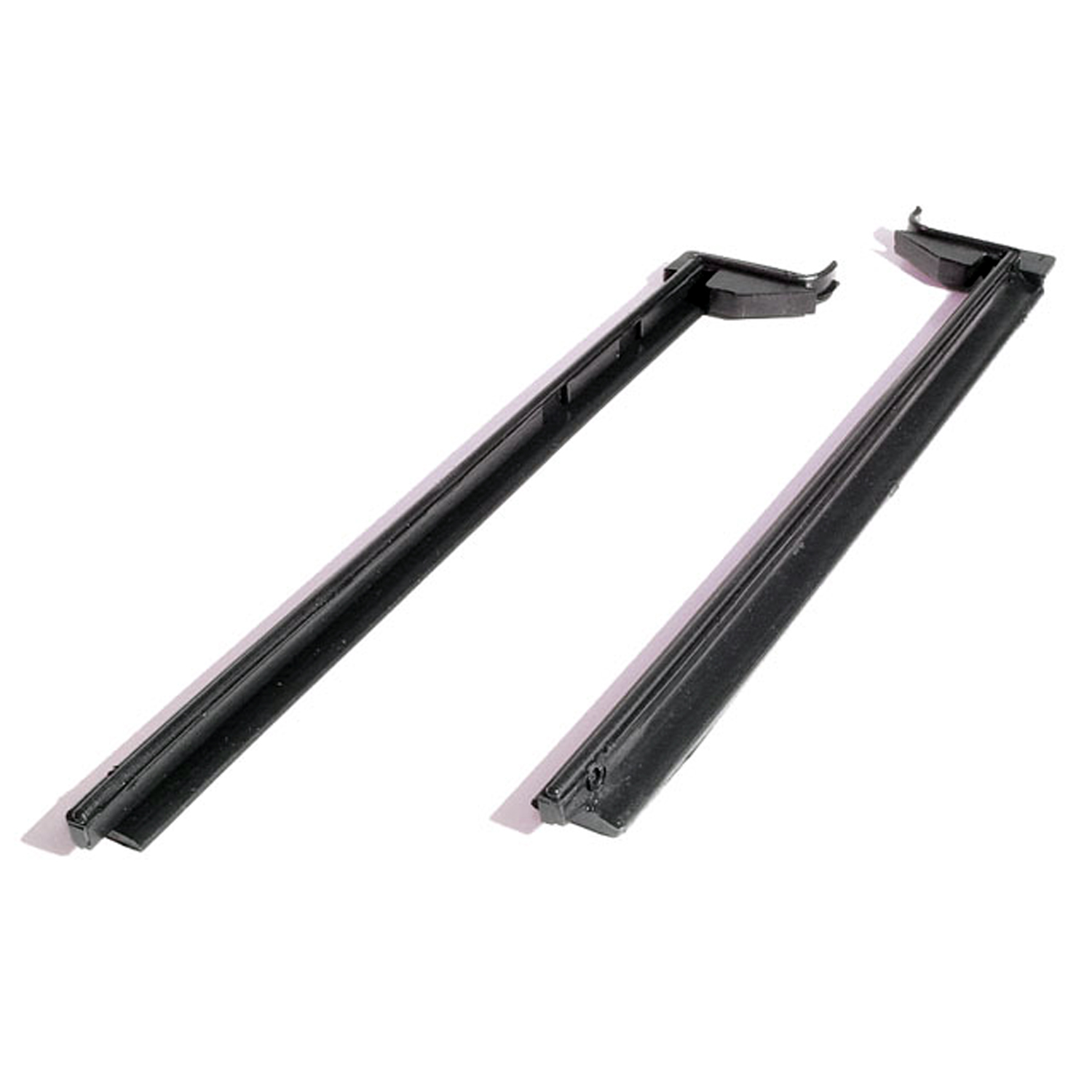 1950 Mercury Mercury Rear Roll-Up Window Seals, for Convertibles. All rubber-VS 3-KRear Roll-Up Window Seals, for Convertibles. All rubber. 12" long X 2-1/4" wide. Pair R&L
1950 Mercury Mercury Rear Roll-Up Window Seals, for Convertibles. All rubber-VS 3-KRear Roll-Up Window Seals, for Convertibles. All rubber. 12" long X 2-1/4" wide. Pair R&L 1950 Mercury Mercury Vulcanized Rear Windshield Seal. Each-VWS 3300-RVulcanized Rear Windshield Seal. Each
1950 Mercury Mercury Vulcanized Rear Windshield Seal. Each-VWS 3300-RVulcanized Rear Windshield Seal. Each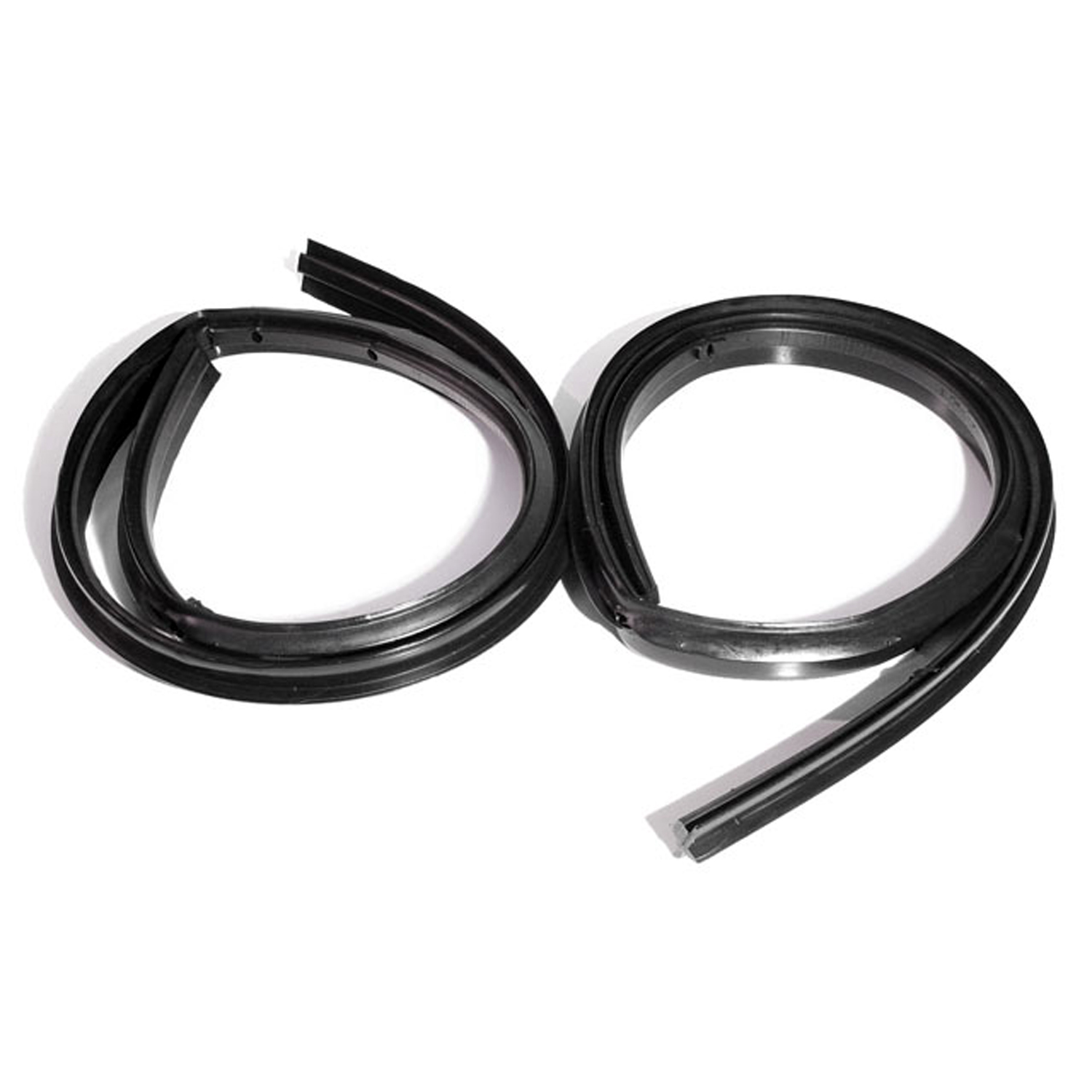 1950 Mercury Mercury Rear Vent Window Seals, for 2-Door Sedans. Pair R&L-WR 3305-RRear Vent Window Seals, for 2-Door Sedans. Pair R&L
1950 Mercury Mercury Rear Vent Window Seals, for 2-Door Sedans. Pair R&L-WR 3305-RRear Vent Window Seals, for 2-Door Sedans. Pair R&L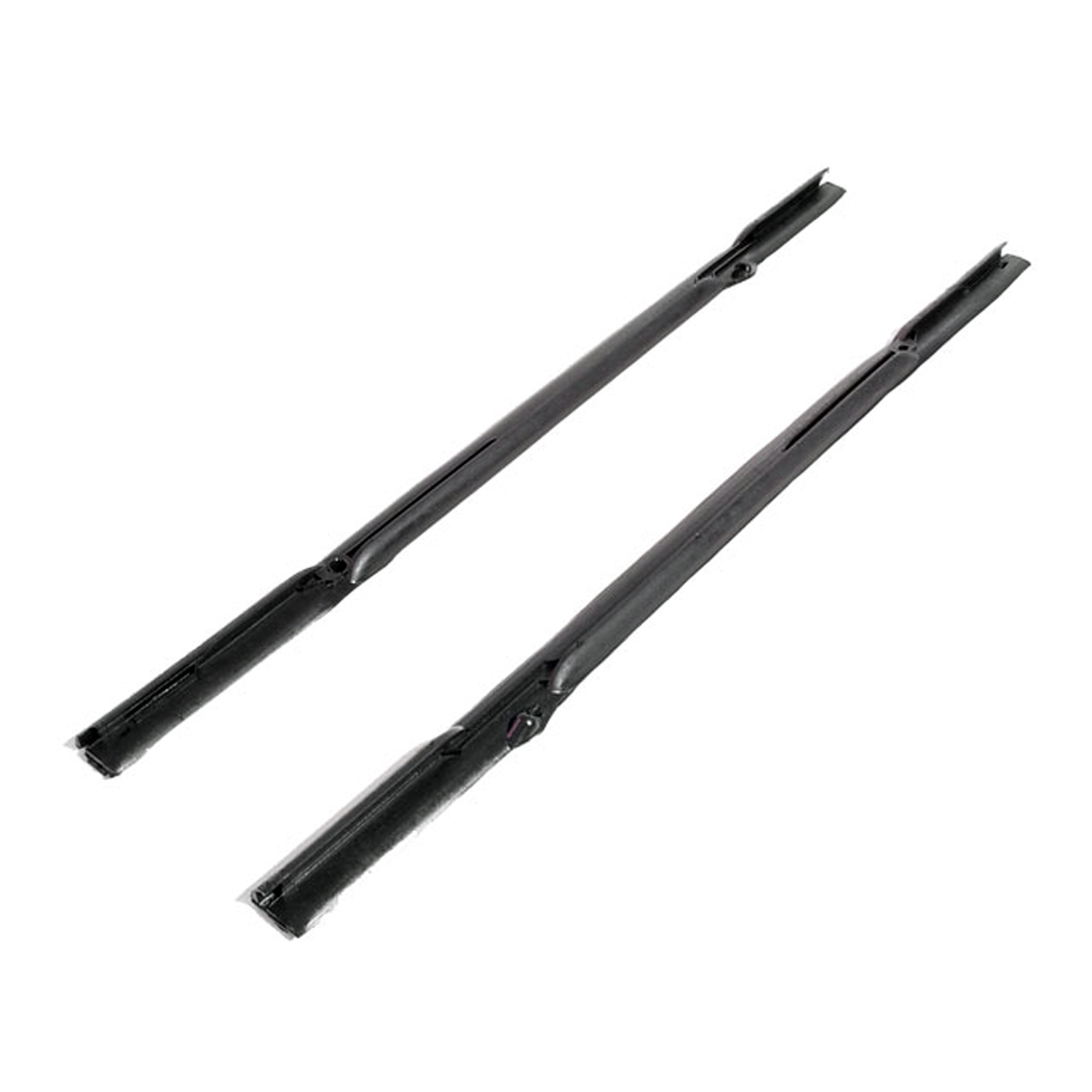 1950 Mercury Mercury Front Vent Window Seals. For 2-door & 4-door sedans-WR 3311Front Vent Window Seals. For 2-door & 4-door sedans. Pair R&L
1950 Mercury Mercury Front Vent Window Seals. For 2-door & 4-door sedans-WR 3311Front Vent Window Seals. For 2-door & 4-door sedans. Pair R&L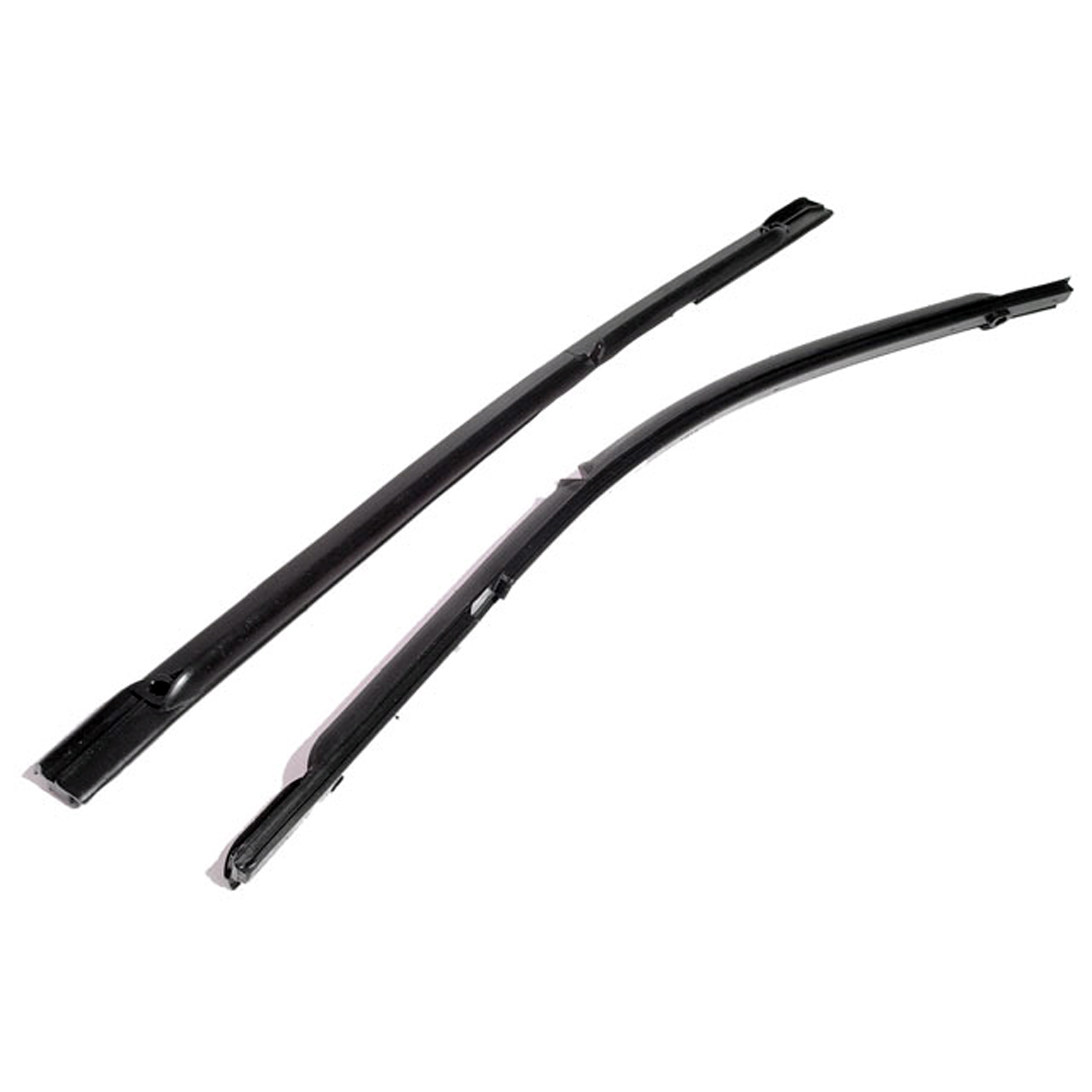 1950 Mercury Mercury Rear Vent Window Seals, for 4-Door Sedans. Pair R&L-WR 3311-RRear Vent Window Seals, for 4-Door Sedans. Pair R&L
1950 Mercury Mercury Rear Vent Window Seals, for 4-Door Sedans. Pair R&L-WR 3311-RRear Vent Window Seals, for 4-Door Sedans. Pair R&L 1950 Mercury Mercury Front Vent Window Seals, for Convertibles. Pair R&L-WR 3312Front Vent Window Seals, for Convertibles. Pair R&L
1950 Mercury Mercury Front Vent Window Seals, for Convertibles. Pair R&L-WR 3312Front Vent Window Seals, for Convertibles. Pair R&L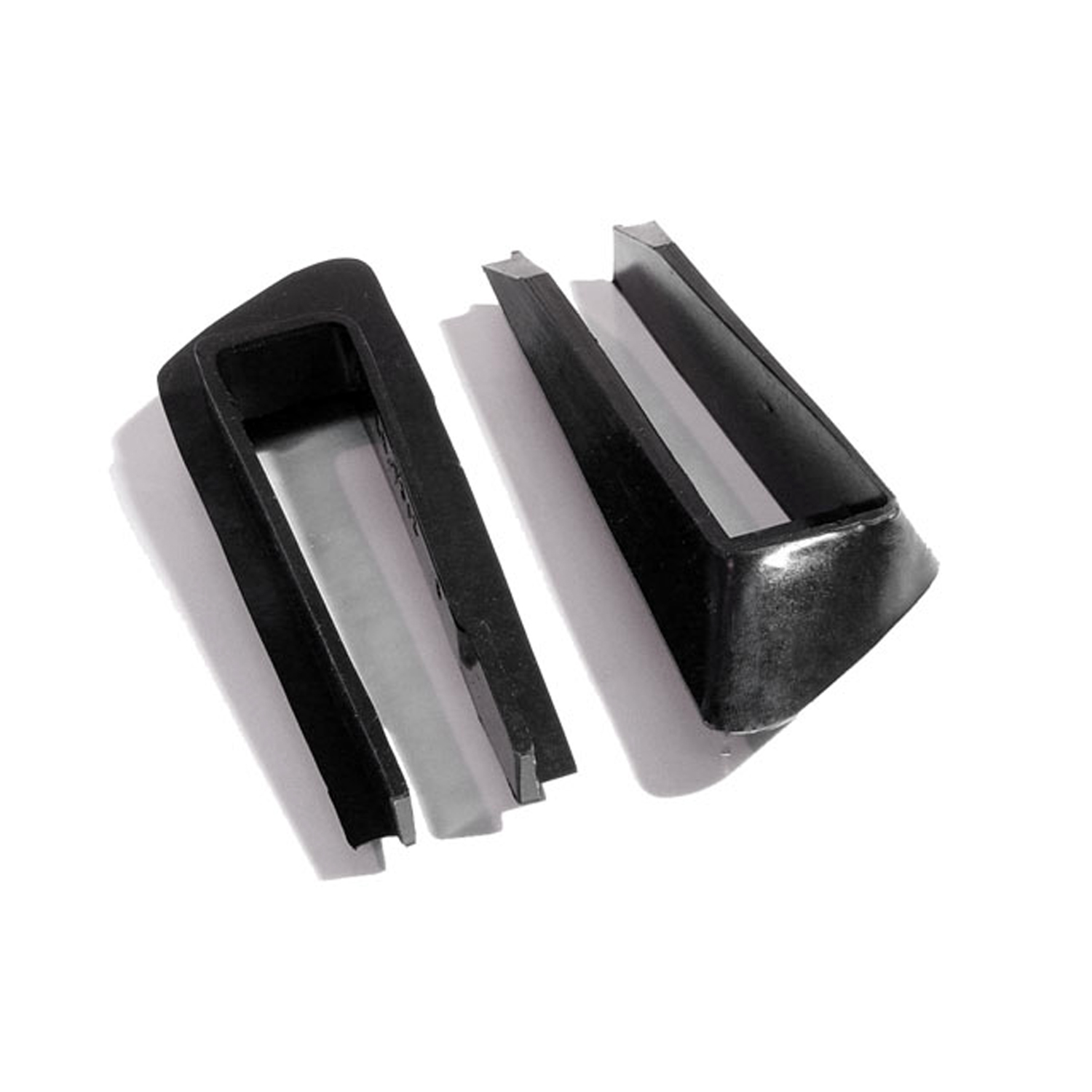 1950 Mercury Mercury Front Vent Window Seal Molded Ends. Windshield Pillar Base-WREX 3312Front Vent Window Seal Molded Ends. Windshield Pillar Base. Pair R&L
1950 Mercury Mercury Front Vent Window Seal Molded Ends. Windshield Pillar Base-WREX 3312Front Vent Window Seal Molded Ends. Windshield Pillar Base. Pair R&L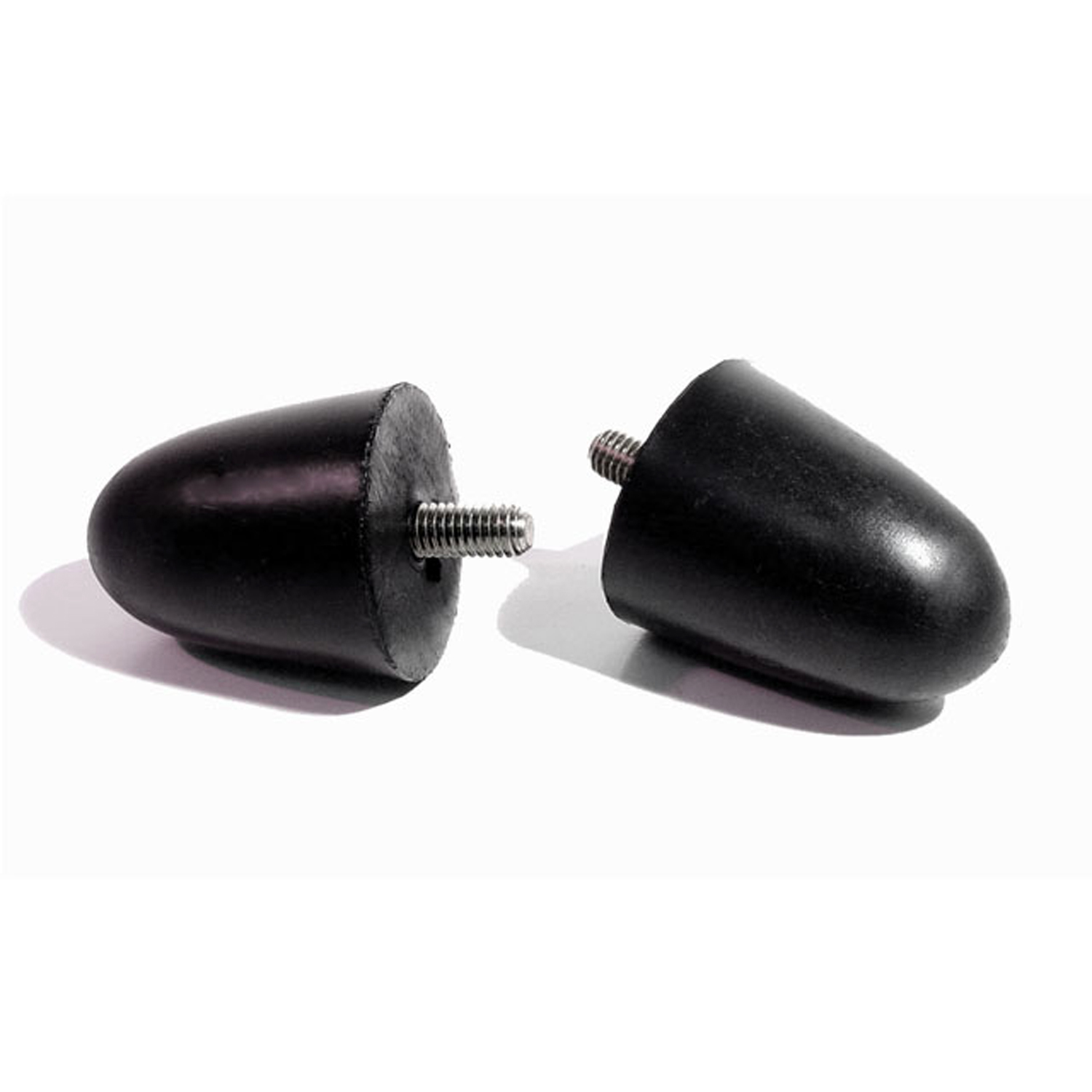 1950 Mercury Mercury Front suspension Bumpers. Rubber base to crown is 2-3/8 high-XB 31Front suspension Bumpers. Rubber base to crown is 2-3/8 high. Threaded stud is 7/8 in. long. Pair.
1950 Mercury Mercury Front suspension Bumpers. Rubber base to crown is 2-3/8 high-XB 31Front suspension Bumpers. Rubber base to crown is 2-3/8 high. Threaded stud is 7/8 in. long. Pair.Why Choose Metro?
For over 100 years, Metro Moulded Parts has been the pinnacle of quality in classic car restoration parts. Our commitment to precision and authenticity in every component ensures a perfect fit and an OEM-level appearance.
- Expert Craftsmanship & Quality: Each part is a testament to our dedication to reliability and perfection, crafted from original designs and thoroughly tested.
- Advanced Technology: We use cutting-edge techniques to create flawless, long-lasting parts that surpass others in performance.
- SuperSoft Sponge – The Ultimate Door Seal: Not only are our door seals 30% softer than competitors', but they're also guaranteed to never leak. They effectively reduce wind and road noise, enhancing your classic car's comfort and driving experience.
- Proudly American: Our parts are a product of American craftsmanship, made in the USA with a spirit of excellence and heritage.
- Unrivaled Warranty: We back our products with a 30-year industry-leading warranty, a testament to our confidence in their quality.
Join us in preserving the legacy of classic cars with parts that are crafted for perfection, not just made.

